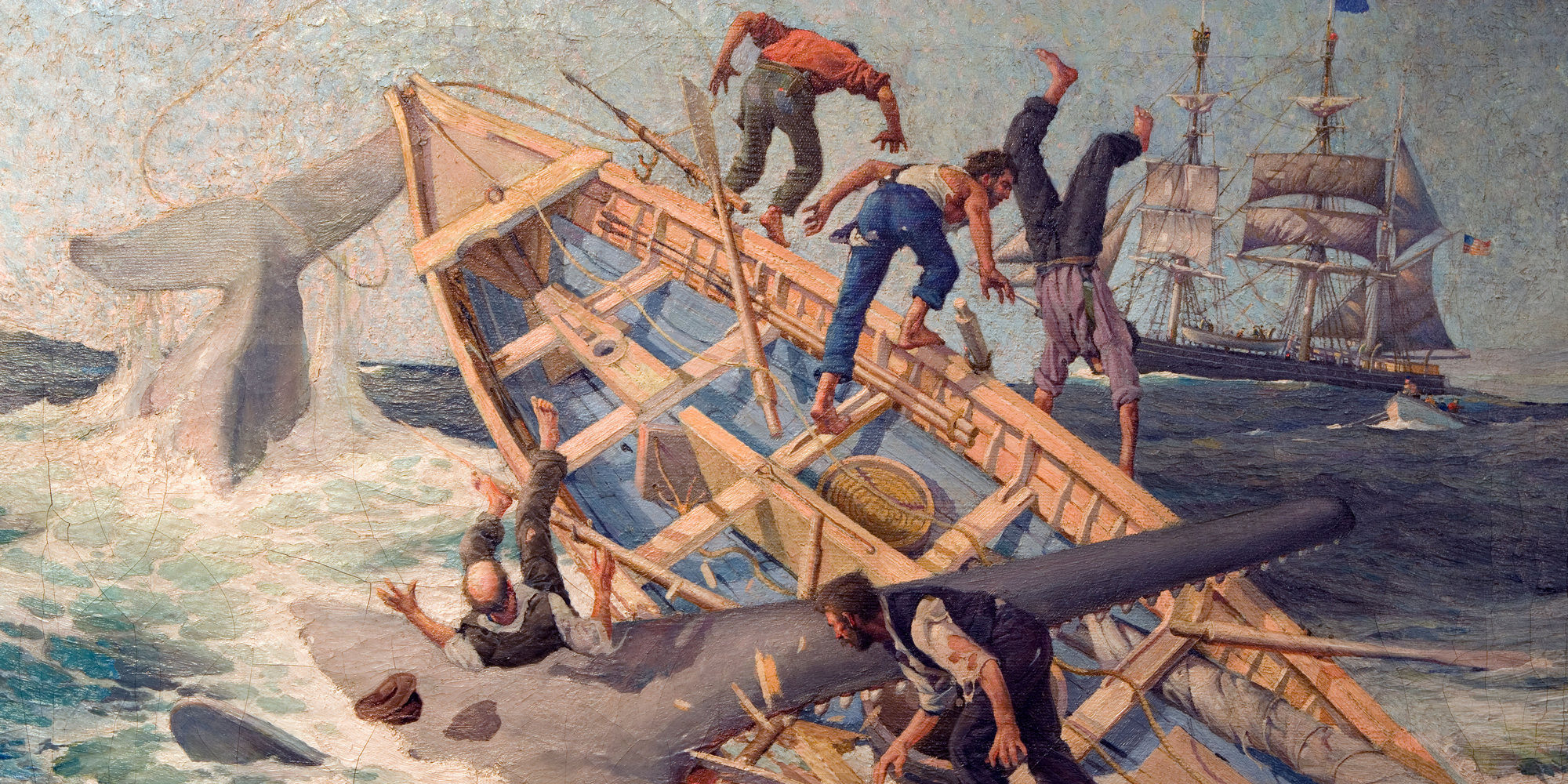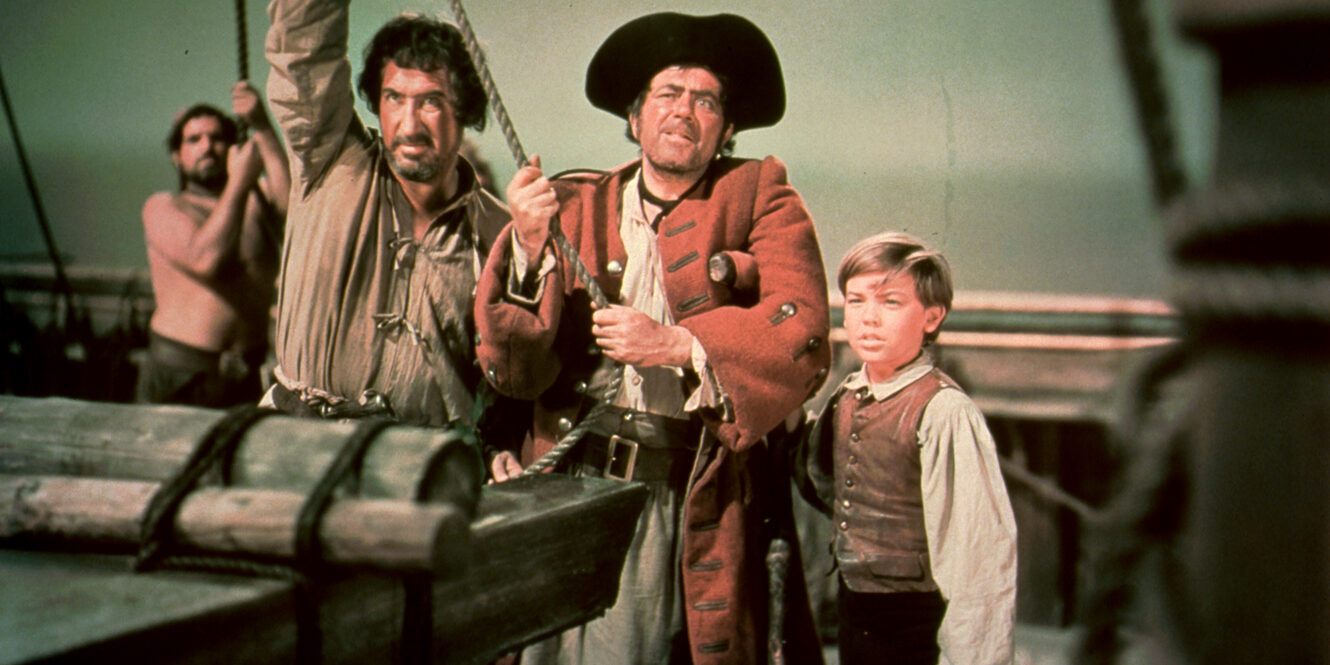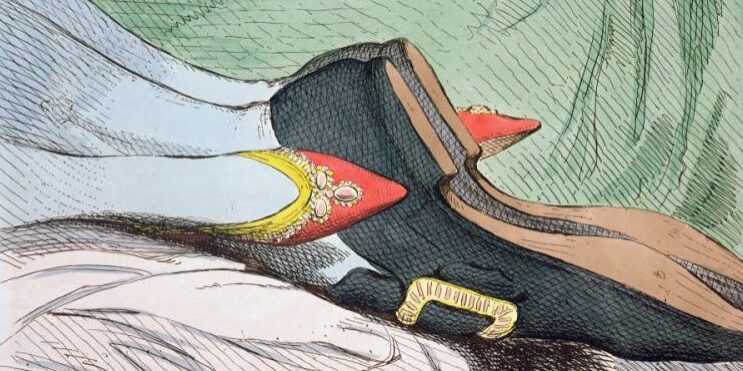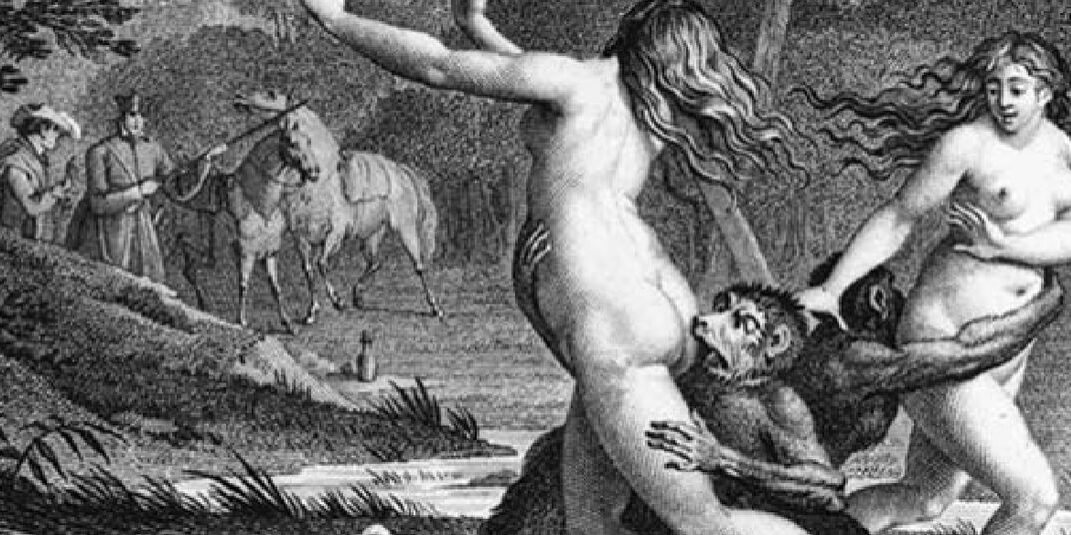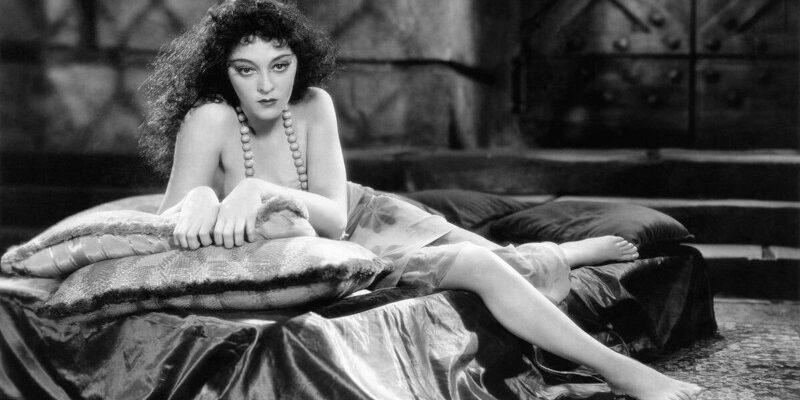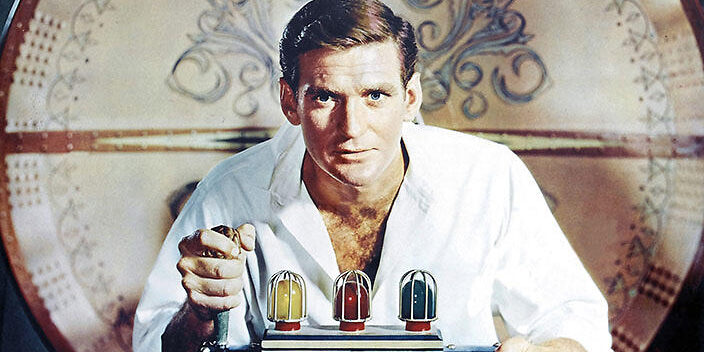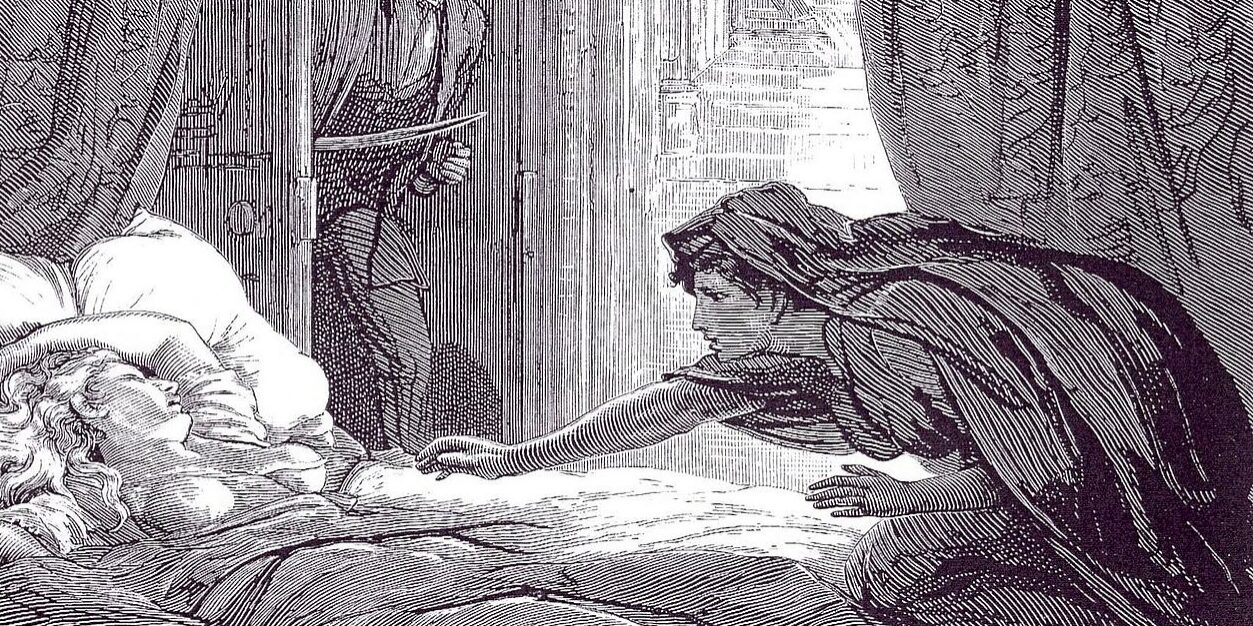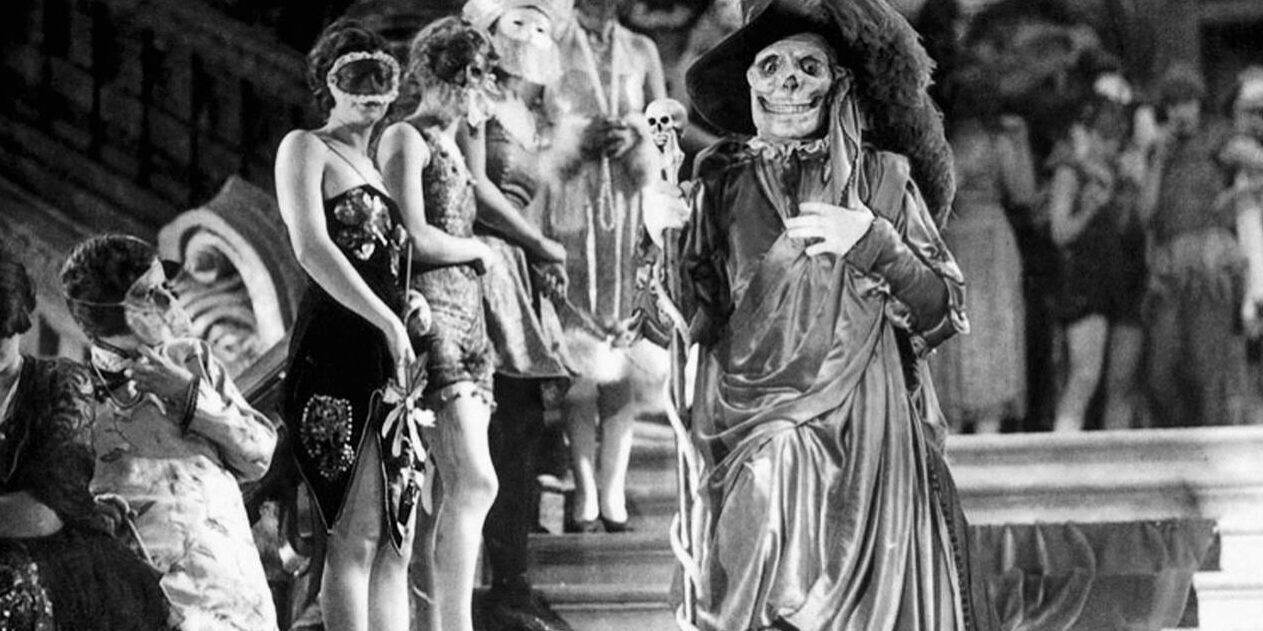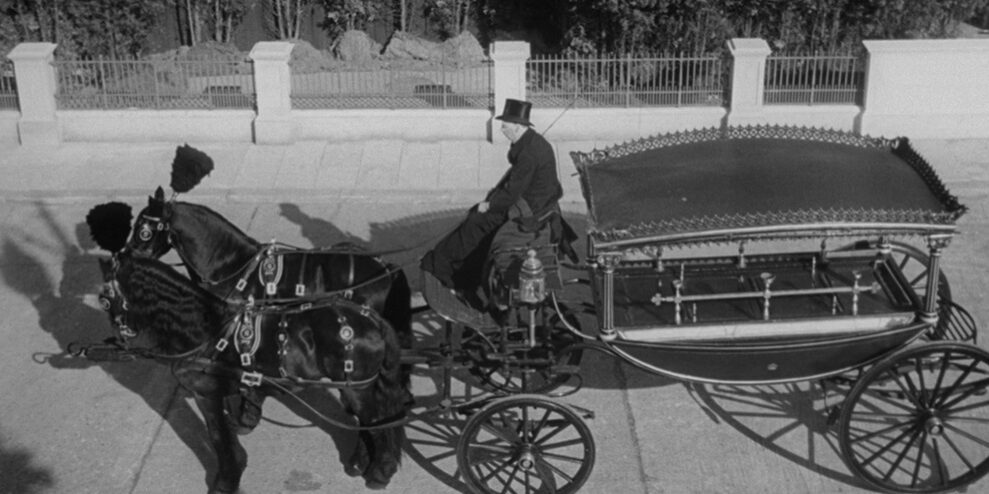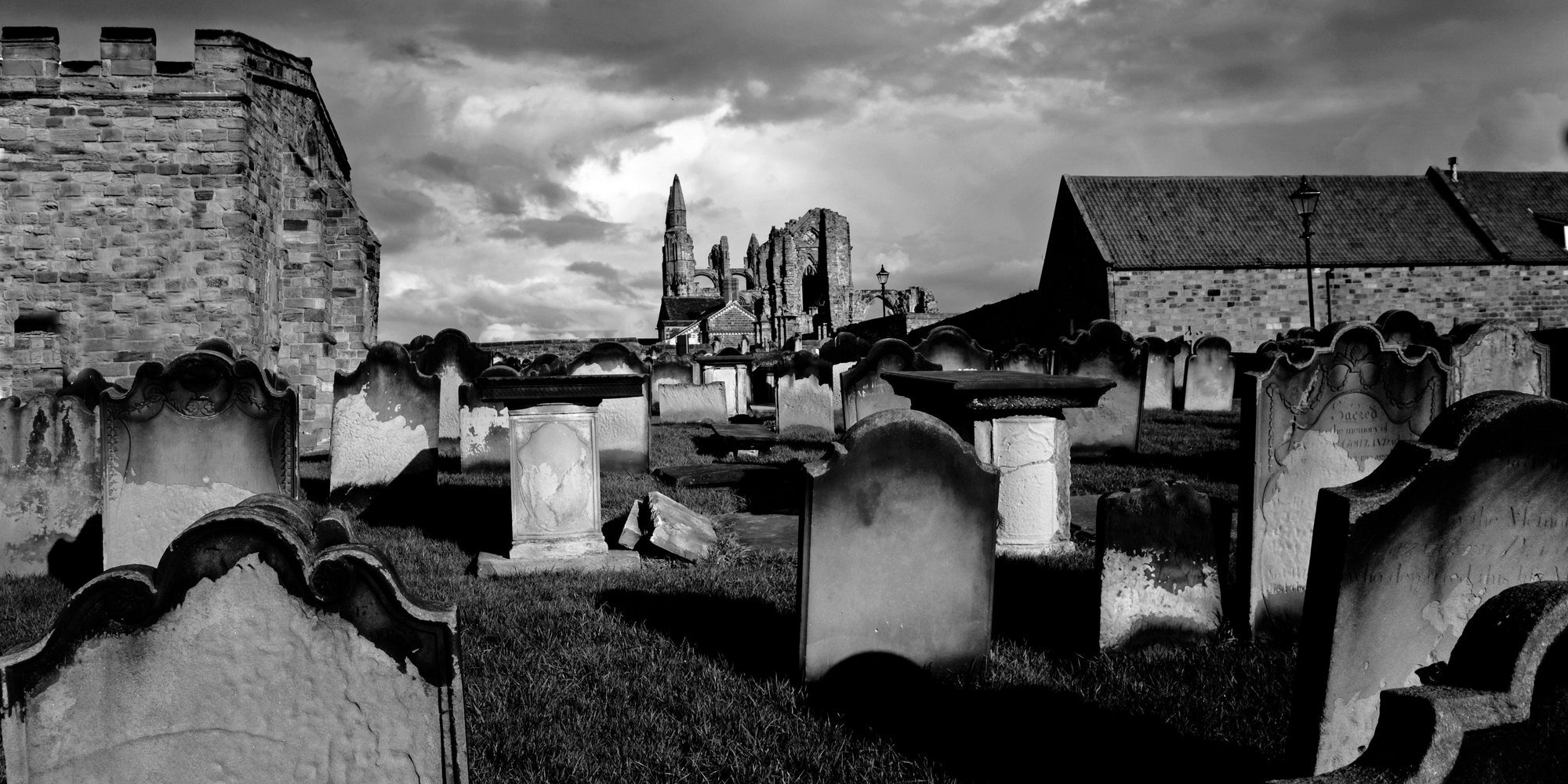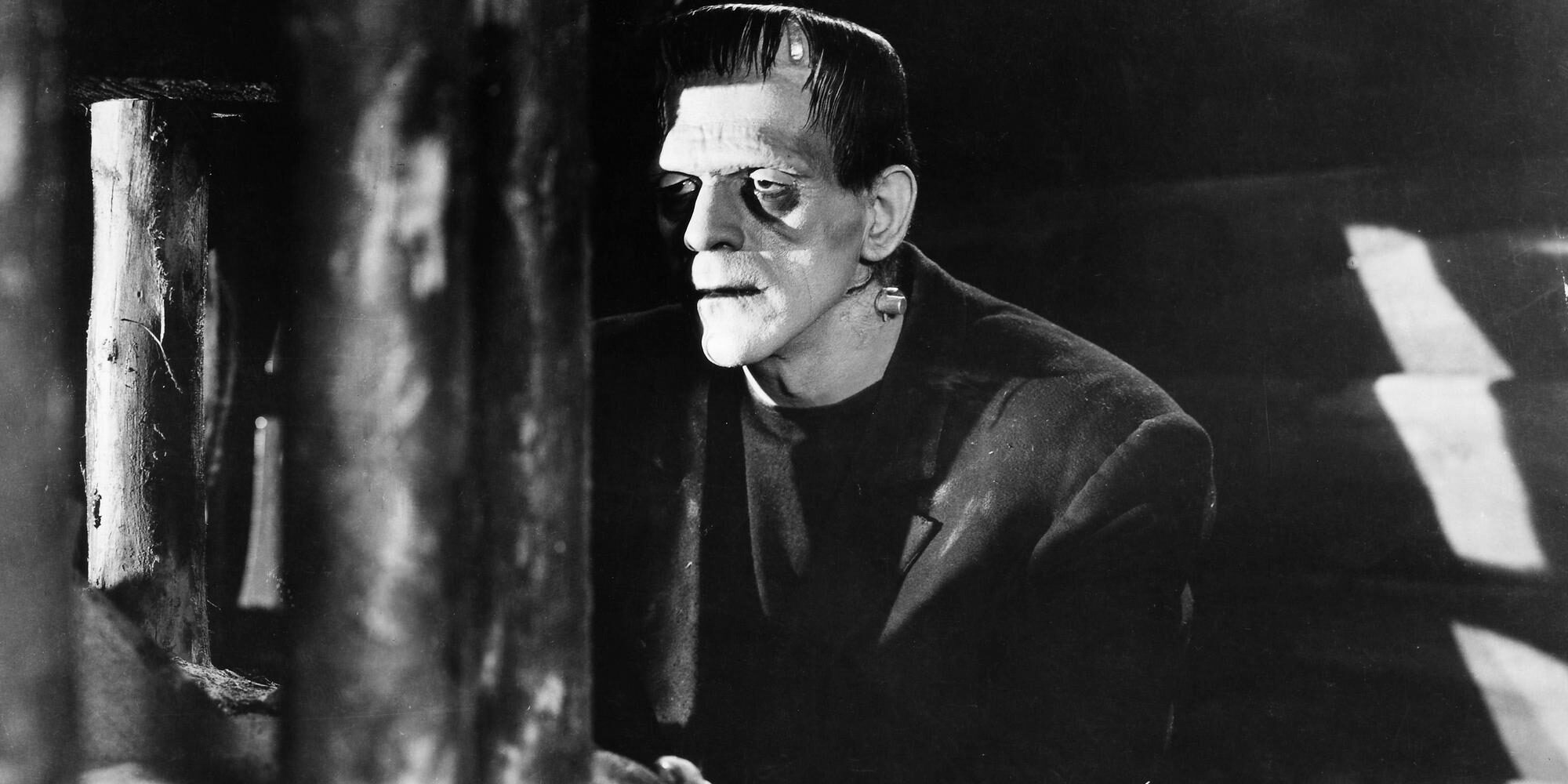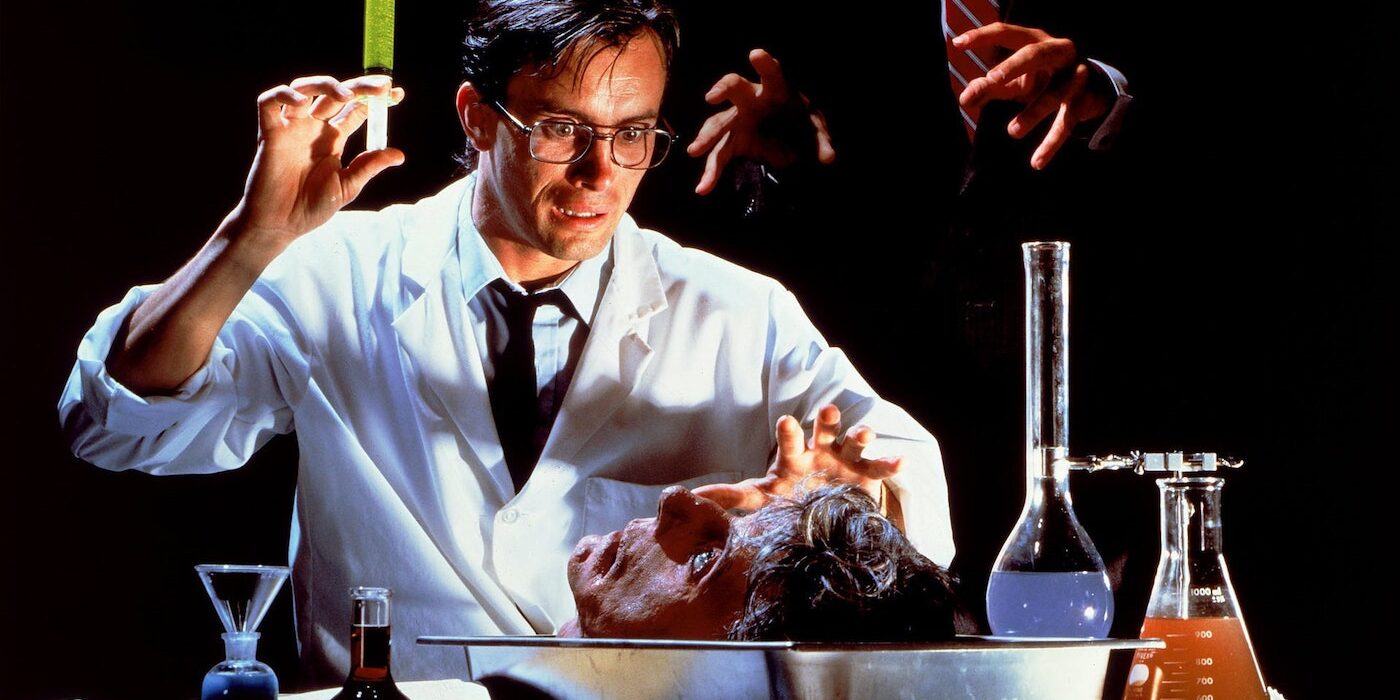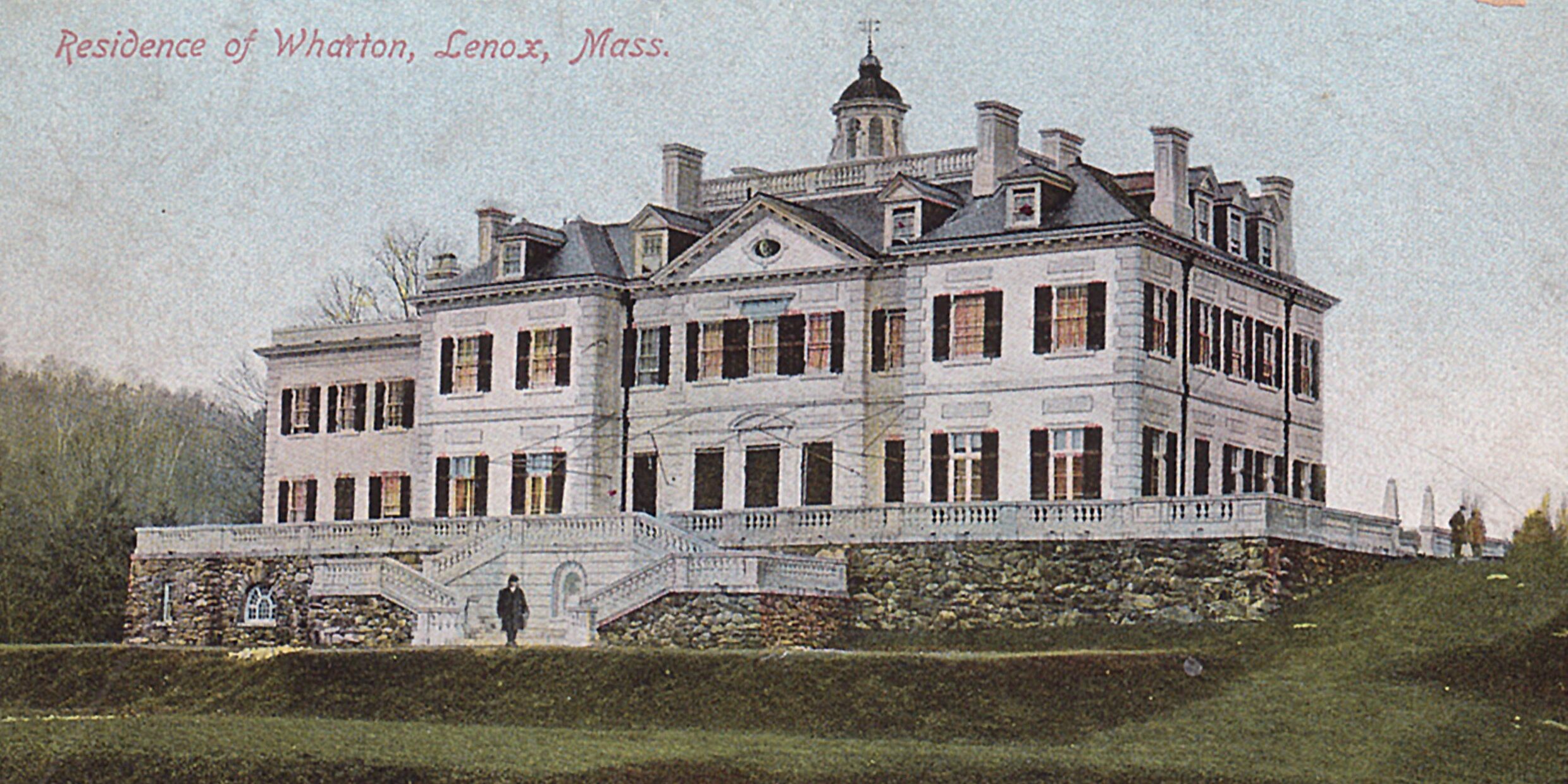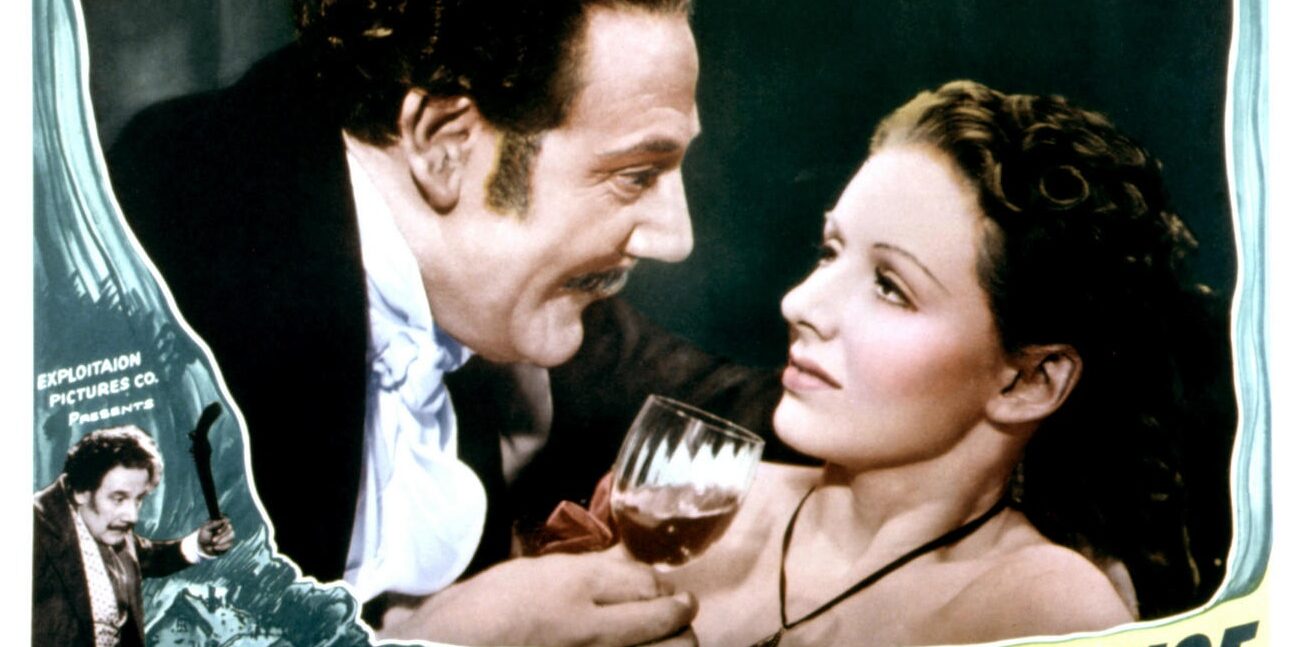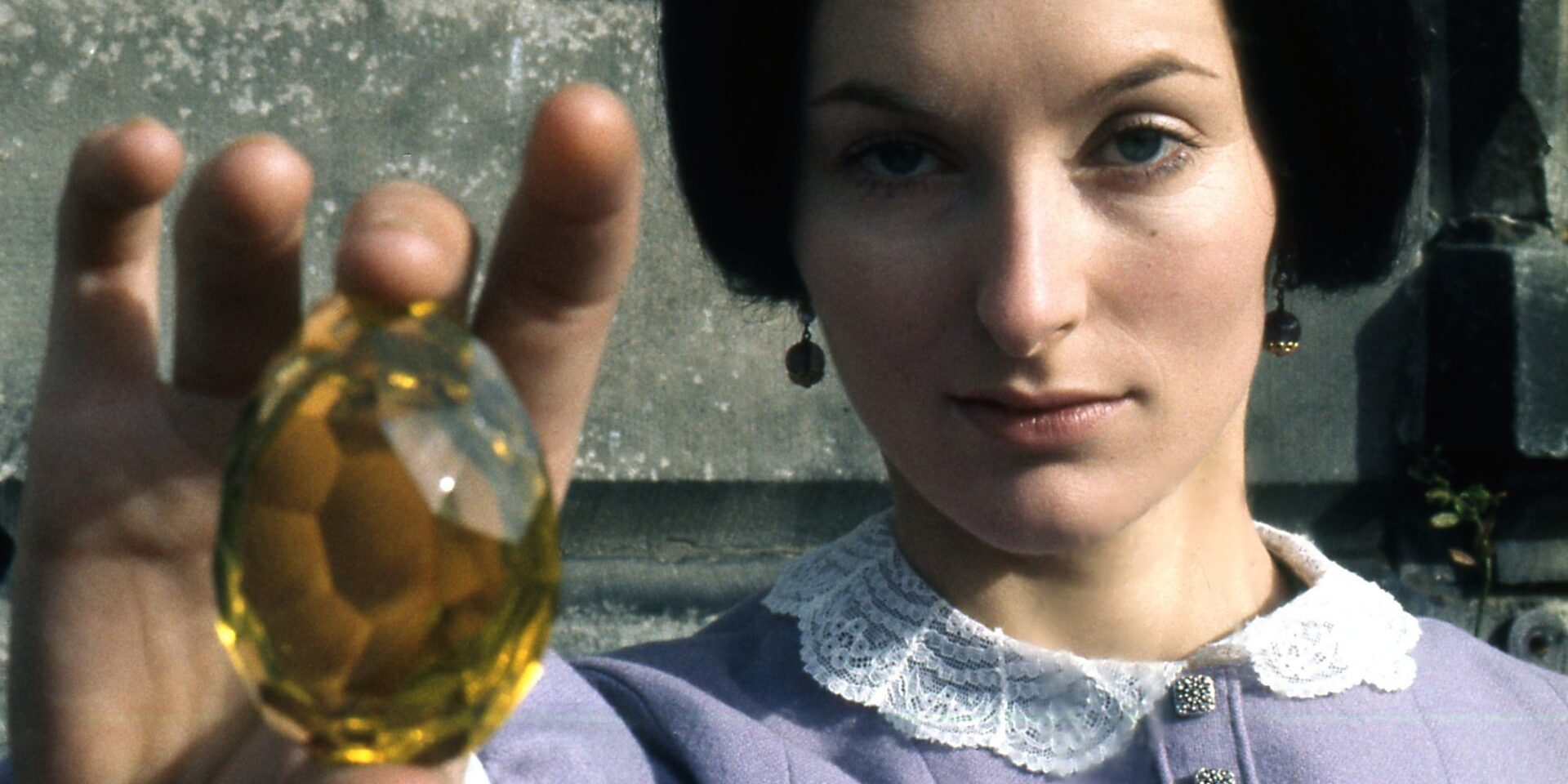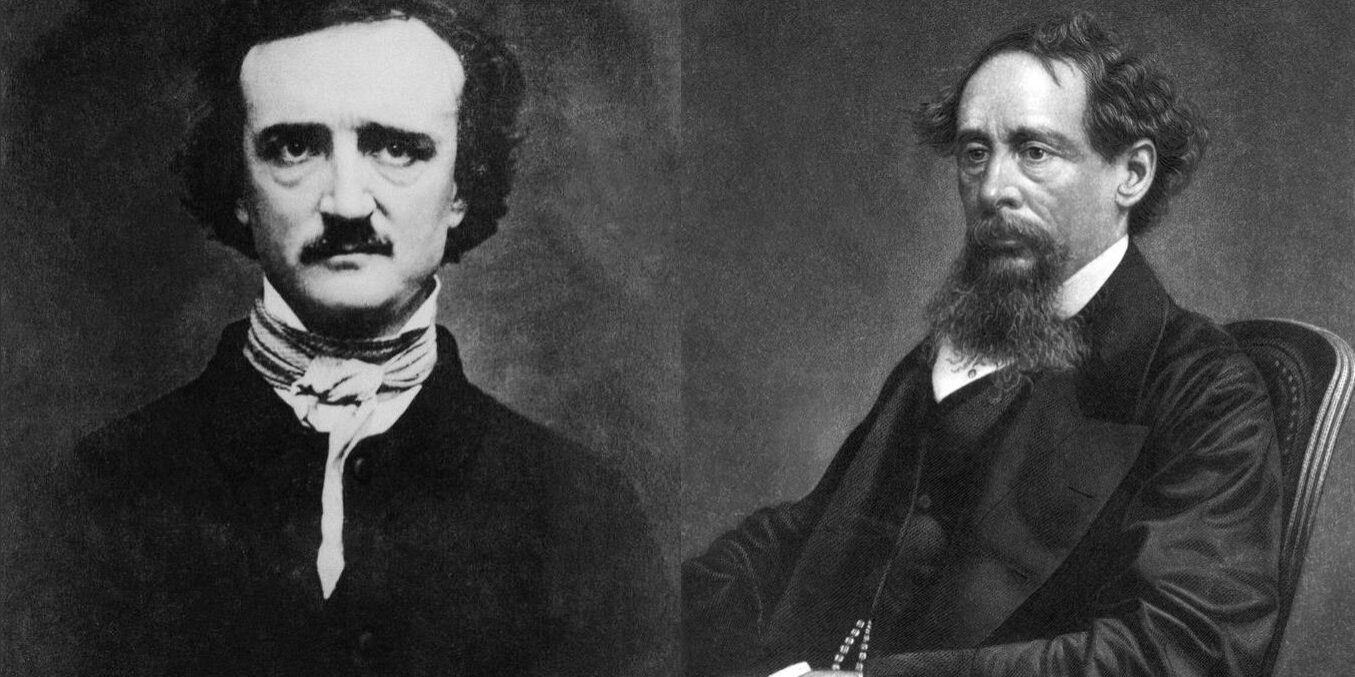The Strange Fiction of Oliver Onions
Oliver Onions did not believe in ghosts. Nonetheless, as a prolific author of popular fiction across genres in the first half of the twentieth century, if he is remembered at all these days, it is as a writer of startling and original ghost stories. Historically, these were not easy to find, until they were reissued by Wordsworth as part of ...
Ainsworth’s Guy Fawkes
Nowadays, the image of Guy Fawkes – the man who tried to blow up Parliament on November 5, 1605, assassinating James I so a popular revolt could install a Catholic monarch – has become synonymous with anti-establishment protest. This modern symbolism began in the British comic strip V for Vendetta, a dystopian revenge tragedy ...
Addicted to the Supernatural
In the spring of 1848, the Fox family of Hydesville, a desolate New York hamlet, was nightly plagued by disembodied knocking. Events escalated on the evening of March 31, when John and Margaret Fox heard loud noises emanating from the room above in which their children, Katherine and Margaretta, were sleeping.
The Mysteries of London
In his 1852 memoir, John Ross Dix attributed the prodigious popularity of The Mysteries of London to the fact that the penny serial ‘ministered to the depraved appetites of the lower classes,’ while ‘murders, seductions, robberies, horrors of all sorts, spiced with the abuse of the upper orders, formed the staple of the story.’
The Lancashire Witches
The Lancashire Witches is set on and around Pendle Hill in early-seventeenth century Lancashire, with an ‘Introduction’ set in 1536. The Cistercian monk Borlace Alvetham is falsely accused of witchcraft by his rival, Brother John Paslew, and condemned to a lingering death. Alvetham escapes by selling his soul to Satan ...
Reading War Poetry
‘To The Warmongers’ returns to the theme of the people of the so-called ‘Home Front,’ whom Sassoon by this point despised for tolerating such carnage so patriotically and unquestioningly. It was written while he was convalescing at Denmark Hill Hospital, but considered too angry and uncomfortable for inclusion in his collection Counter-Attack ...
Life in London from Egan to Dickens
When the Victorians wanted to attack an author, they would invariably draw comparisons with the Regency writer Pierce Egan. John Forster, for instance, in a damning Examiner review of W.H. Ainsworth’s criminal romance Jack Sheppard in 1839, suggested that public decency had not been so threatened since ‘the time of Tom and Jerry’ ...
The Man Who Wrote ‘The Vampyre’
John Polidori was a promising writer who died tragically young. His reputation has suffered at the pens of the Byron circle, of which he was briefly a member, and their biographers. He is best known for his story ‘The Vampyre’ (1819), which created the modern myth of the aristocratic undead that endures to this day.
Writing the Underworld: Jack Sheppard and the Newgate Controversy
Jack Sheppard began its serial run in Bentley’s Miscellany in January 1839. Dickens’s serial Oliver Twist was at this point coming to a conclusion in the same magazine, and for four months both serials appeared concurrently, becoming implicitly connected in the minds of their original and massive audience.
Tales of Terror
John Galt’s ‘The Buried Alive’ sums up the common feature of these tales: as the narrator succumbs to narcolepsy and is presumed dead, ‘The world was then darkened, but I still could hear, and feel, and suffer.' The sincerest form of flattery followed...
Beaks, buzgloaks, and knucks in quod: The Language of the Nineteenth Century Underworld
It was the London-Irish Regency sporting journalist Pierce Egan who first made the flash the fashion – the linguistically deviant slang anti-language of the Daffy Clubs, the Fancy, the street-folk, and the criminal underworld, which he had acquired ringside and used to great effect in his coverage of illegal bare-knuckle boxing matches ...
Melmoth the Wanderer
In 1816, John Melmoth, a Dublin student, visits his miserly uncle on his deathbed. He finds a portrait dated 1646 hidden in his uncle’s closet depicting a mysterious ancestor with eyes ‘such as one feels they wish they had never seen.’ At his uncle’s funeral, a servant tells John an old family story…
The Dark Places of the Earth
'East of Suez, some hold, the direct control of Providence ceases; man is there handed over to the power of the Gods and devils of Asia, and the Church of England providence only exercising an occasional and modified supervision in the case of Englishmen. This theory accounts for some of the more unnecessary horrors of life in India; it may be stretched to explain my story.'
Looking into Hell: Kipling and the Great War
During a visit in the winter of 1918, Rider Haggard – who believed in reincarnation – asked Rudyard Kipling if he thought the earth was one of the hells. His old friend replied that he did not think this, he was certain of it. And hell it had been. The Great War was barely a month ended and for grieving families the Armistice brought no relief. Kipling’s only son, John, was killed during the Battle of Loos. He was eighteen years old.
The Newgate Controversy (Part One)
When considering an author as culturally monolithic as Charles Dickens, it’s easy to forget that he wasn’t born the national author, anymore than Shakespeare was. As a young journalist in the early-1830s, although already possessed of considerable talent and ambition, he was just another freelance writer in the Darwinian world of London publishing.
The Newgate Controversy (Part Two)
In the conclusion of his article, Stephen Carver recounts how Dickens overcame his critics, notably Thackeray, to achieve lasting fame as a champion of the poor and vulnerable.
Drugs and Addiction in Romantic Literature
Both for good and for ill, the drug was being acknowledged, at least indirectly, as a significant part of the imaginative process so crucial to Romantic theory and practice.
De Quincey and The Gothic
De Quincey rarely wrote gothic fiction, but he radiated gothic sensibility. To the Victorians, the identification of De Quincey with the mad, morbid and macabre was so absolute that he is cited, along with Poe, in the The Times’ original coverage of the Jack the Ripper murders.
The Life and Adventures of the Lancashire Novelist
The years have not been kind to the memory of the Manchester-born Victorian author William Harrison Ainsworth, a prolific English novelist once held in such high regard that many of his contemporaries viewed him as a natural successor to Sir Walter Scott. Ainsworth’s romances were hugely popular in the 1830s and 40s...
A Gothic Chronology
In Jane Austen’s satire of the fashion for gothic romance, Northanger Abbey, Isabella Thorpe enthusiastically recommends seven ‘horrid novels’ to Catherine Morland. For many years these were believed by literary scholars to have been inventions of the author. There were actually all real books – see if you can find them in this list…
The Man who wasn’t Dickens
‘If “Mr G.W. Reynolds” be the Mr. Reynolds who is the author of the Mysteries of London, and who took the chair for a mob in Trafalgar Square before they set forth on a window-breaking expedition,’ wrote Charles Dickens in 1849, ‘I hold his to be a name with which no lady’s, and no gentleman’s, should be associated.'
The Author Who Outsold Dickens
William Harrison Ainsworth is probably the most successful 19th Century writer that most people haven’t heard of. As a popular writer and publisher whose life ran the course of the century, from Romantic innocence to Victorian experience, Ainsworth’s story is very much also the story of the development of the English novel, perhaps just as much as that story belongs to Dickens. But it is a story rarely told; at least until now...
The Opium Eaters – Stephen Carver & Sharon Ruston with John Mitchinson at the Bradford Literature Festival
The links between the 19th century literary world and opiates can be seen in the works of Samuel Taylor Coleridge, Percy Shelley, and William Wordsworth, in which the drugs are taken for medicinal and recreational reasons alike. In this panel, we will explore how these celebrated writers lived and worked in a world steeped in laudanum.
G.W.M. Reynolds & Me
(For the G.W.M. Reynolds Society): As a child, I possessed a morbid passion for nineteenth century gothic literature. I had inherited this trait from my mother, a Catholic turned Spiritualist with a taste for true crime and horror film and fiction...
Goblin Stories and Haunted Men: Dickens’ Other Christmas Books
What’s perhaps less well-known is that A Christmas Carol was the first in a series of Christmas books by the great man – an ongoing project that combined the core themes of charity and redemption with a critique of the Utilitarian indifference to the hopeless lot of the poor. These follow-up stories are not as iconic as A Christmas Carol ... Nonetheless, they remain well worth a read, especially at this time of year.
Man of La Manchester
It’s been a long time coming, but my new biography of the ‘Lancashire Novelist’ William Harrison Ainsworth, The Author Who Outsold Dickens is published in hardback today from Pen & Sword Books.
Here’s the Prologue…
Northanger Abbey
Often taken to be a spoof of the gothic writings of Mrs Radcliffe, particularly The Mysteries of Udolpho, Jane Austen’s first (and oddly final) novel is in fact much sneakier than that. It is a novel about novels; that fledgling and modern artform that was to become the preferred literary culture of the ascending English middle class in the nineteenth century. As Austen notes in a letter to her sister, Cassandra, in 1798, the family are ‘all great Novel-readers & not ashamed of being so’.
How the ‘Newgate Controversy’ Destroyed Dickens’ Greatest Rival
(Guest post for History Hit): It was through Ainsworth that Dickens met his first publisher, John Macrone, his illustrator, Cruikshank, and his best friend and later biographer, Forster. After the success of ‘Sketches by Boz’ and ‘The Pickwick Papers’, both authors commanded roughly equal sales. Alongside Edward Bulwer-Lytton, they were the most popular novelists in England.
The Rise of the Gothic Novel
The two primary exponents of gothic fiction in England were Ann Radcliffe (1764 – 1823) and Matthew ‘Monk’ Lewis (1775 – 1818). Their work was at once similar and totally different, and these divergent approaches illustrate the conceptual split in the gothic as a literary genre. In short, it was a question of suspense versus horror.
The Dance of Death: A Tale of the Plague and the Fire
Old St. Paul’s is not so much gothic as darkly carnivalesque. The world is turned upside down and nurses kill their patients, undertakers their clients; grocers hoard food, sex results in death not life, monks blaspheme, and the dead throw their own wakes. Pain, despair, death and decay are celebrated in their every aspect.
Looking for Kafka
For an author so revered and obsessively studied, Franz Kafka remains as enigmatic as his fiction. Like Shakespeare, he is a writer about whom so much has been written that it would now be impossible to read it all in a lifetime. And any scrap of textual evidence, however quotidian and inane – a laundry list, an address on an envelope – will be pored over by academics searching for hidden meaning.
The Other Brontë Girl
In her introduction to the 1914 edition of The Tenant of Wildfell Hall, the author and critic May Sinclair reminded her fellow Modernists how radical Anne Brontë’s second and final novel had been. When Anne depicted her protagonist, Helen Huntingdon, slamming her bedroom door in her abusive husband’s face, wrote Sinclair, ‘she slammed it in the face of society and all existing moralities and conventions’. And this was no understatement.
Mary Barton
I bethought me how deep might be the romance in the lives of some of those who elbowed me daily in the busy streets of the town in which I resided. I had always felt a deep sympathy with the care-worn men, who looked as if doomed to struggle through their lives in strange alternations between work and want…
Moll Flanders
'Thus I gave up myself to a readiness of being ruined without the least concern, and am a fair Memento to all young Women, whose Vanity prevails over their Virtue.' Stephen Carver looks at Daniel Defoe's novel of the progress of a poor orphan girl in 17th century England.
Lady Audley's Secret
Compared at one point in the story with Lucretia Borgia and Catharine de Medici, Lady Audley is complicated. Were we to relate her to The Woman in White, it could be argued that her character combines the beauty and vulnerability of Laura Fairlie with the resourceful intelligence of Marian Halcombe, the treachery of Sir Percival and the malevolent cunning of Count Fosco.
The Gothic Life of Edgar Allan Poe
For Poe’s heroes, terror invariably comes from within, with the true horror being the loss of self through pushing an imaginative quest, often for Beauty, sometimes revenge, so far past the conventional boundaries of human consciousness – into the ‘elevating excitement of the Soul’ – that it becomes indistinguishable from madness.
The Picture of Dorian Gray
As a narcissist and living work of art, in Nietzschean terms Dorian is an ‘Apollonian’ figure and Hallward also paints him as Adonis, Narcissus, Paris, and Antinous. Against nature, he has the cold edge of the purely aesthetic; he is serene in his indifference: ordered, unemotional and self-contained. But he doesn’t start out like this. Or, at least, he is unaware of his own mystical power.
The Opium Eaters – A Work in Progress
My current project, to be published by Morton Books. An exploration of 19th century drug culture, both high and low, from Byron sipping laudanum from a crystal decanter to the opium dens of London’s East End. The focus is on the writers and their writing, from the Romantics to the late-Victorians and early-Modernists. This work also charts the history of the scientific development of opium into morphine and heroin, changing societal views, and drug-related crime.
The Strange Case of Dr Jekyll and Mr Hyde
Critical interpretations of the original novella range from your basic Freudian via allegories of homosexuality, father/son dynamics, Stevenson’s own relationship to his diseased body, the suppression of every vice known to the nineteenth century gentleman and a moral fable that was frequently preached from Victorian pulpits, to more recent political readings based on Scottish Nationalism. But none of this is what it meant to its author...
The Wild World of Professor Challenger
Although Doyle had ambivalent feelings, at best, towards his most famous creation, Sherlock Holmes, he made no secret of his affection for his irascible scientist, ‘G.E.C.’, a man with so many honours and letters after his name that they ‘overtax the capacity’ of his calling card. Alongside the Great Detective and the largely forgotten Napoleonic Hussar, Brigadier Etienne Gerard, Professor Challenger is Doyle’s only recurring protagonist.
Tom Sawyer and the literature of subversion
Prior to writing Tom Sawyer, Twain had sent Alger up something rotten in two comic sketches entitled ‘The Story of the Good Boy’ and ‘The Story of the Wicked Little Boy’ in which the ‘good boy’ is never rewarded and ends up dying and the ‘wicked little boy’ lies, cheats and steals with impunity, becoming rich and successful. Tom Sawyer builds upon this worthy foundation: ‘He was not the Model Boy of the village. He knew the model boy very well though – and loathed him.’
The First Great American Novel
As Ernest Hemingway wrote of it, ‘All modern literature comes from one book by Mark Twain called Huckleberry Finn.’ For many critics and readers, it is the first ‘Great American Novel’; for as many more, it is a relic mired in the vile language of antebellum racism that is best kept out of schools and public libraries. For readers anticipating the sequel to The Adventures of Tom Sawyer, it is certainly a shock.
‘The longest and most charming love letter in literature’
Orlando, like Sackville-West herself – ‘Vita’ literally meaning ‘Life’ – was a force of nature: ‘How extraordinarily unwilled by me but potent in its own right,’ Woolf wrote of the project in her diary, ‘as if it had shoved everything aside to come into existence.’ But then, love’s always like that, isn’t it?
‘One of the strangest and most wonderful books in the world’: Moby Dick (Part One)
In 1839, after a long chain of dead-end jobs necessitated by his outwardly prosperous but privately profligate father’s debt-ridden death seven years earlier, the 19-year-old Herman Melville did what many other disaffected and adventurous young men had done before him and ran away to sea...
'From hell's heart I stab at thee!' Moby Dick (Part Two)
What came out of Melville was probably the most remarkable book of not just the 19th but any century. His design blends the forms of the Homeric epic and the Shakespearean tragedy with modernist and postmodernist masterpieces yet to be written; with American history, maritime lore, the philosophies of religion, phenomenology, epistemology, and ontology. It is, as D.H. Lawrence wrote of it, ‘one of the strangest and most wonderful books in the world’.
Gentlemen o’ Fortune and Boys Smart as Paint: Stevenson’s Treasure Island
It is Jim’s freedom and independence that make him such a compelling young adult protagonist. Above all, he is unfettered from the adult mentors of nineteenth century children’s literature, and in charge of his own destiny. As Stevenson has liberated Jim, he has also liberated children’s fiction from the vice-like grip of Victorian values.
Life in Vanity Fair
Sometime between 1845 and 1846, the literary journalist William Makepeace Thackeray (1811–1863) drafted a few short pieces entitled Pen and Pencil Sketches of English Society (illustrated by himself), which he hoped would constitute the opening chapters of an as yet unspecified longer work...
Running and Laughing: Candide, God, and the Meaning of Life
‘I have from necessity the passion to write this; and you, you have the passion to contradict me: we are both equally foolish, equally the playthings of fate. Your nature is to do evil, mine is to love the truth and publish it in spite of you.’
‘Are we not Men?’ – Evolution and Degeneration on The Island of Dr. Moreau
Although Charles Darwin’s On the Origin of Species sent shockwaves through the Victorian scientific and religious establishments, the book’s conclusion is remarkably optimistic. Life on Earth and, by implication, humankind, is always evolving upwards, towards perfection. This was not a view shared by the visionary British author H.G. Wells...
‘Heirs to the Ages’ – 'The Time Machine', History, and the Class War
Wells had studied under Thomas Henry Huxley – known as ‘Darwin’s bulldog’ – and Sir Edwin Ray Lankester, the author of Degeneration: a chapter in Darwinism (1880). Lankester theorised that ‘degeneration’ was one of three general paths that evolution might take, the others being ‘balance’ and ‘elaboration’. Wells’ protagonist has travelled in search of ‘elaboration’ but what he finds is ‘degeneration’.
J.S. Le Fanu & The Golden Age of the Ghost Story
So, this All Hallow’s Eve, settle back with Madam Crowl’s Ghost or In A Glass Darkly, preferably at dead of night and, even better, in a solitary chamber, and when the house creaks suddenly, a branch brushes the window, or a door swings slowly open by itself, it will be, as Le Fanu advised, ‘a pleasing terror’ that will thrill you.
The Phantom of the Opera: The Last Gothic Novel
The novel was serialised in France, Britain, and America to considerable acclaim, and had already been filmed twice by the time Leroux died in 1927, with a steady run of cinematic and TV adaptations continuing ever since. It has never been out of print either in French or English. Leroux’s ‘Phantom’ was a gothic icon long before the West End and Broadway got hold of him.
The Ghost Stories of E.F. Benson
‘The atmosphere has somehow been charged with the scene, and the scene in whole or part repeats itself, though under what laws we do not know, just as a phonograph will repeat, when properly handled, what has been said into it.’
The Real Count Dracula
To safeguard copyright on future theatrical versions of the novel, Stoker hastily converted it to a four act play that was read on stage at the Lyceum in front of an audience of family friends, staff, and a few regulars. Irving deigned to attend, and after the performance Stoker asked him what he thought. ‘Dreadful!’ replied Irving, adding nothing more on the subject. So vast was his ego, he may never even have realised that the song was about him.
‘Conclusions most forbidden’: Frankenstein and the Romantic Hero
Frankenstein is a gothic novel, and arguably the first example of modern science fiction. But it is not a genre piece so much as a key work of English Romanticism. It is, in fact, a Romantic novel about Romanticism. Mary was born into the revolutionary heart of the movement in 1797, the only child of the anarchist philosopher William Godwin and the feminist activist Mary Wollstonecraft.
‘A Literature of Cosmic Fear’: An Introduction to H.P. Lovecraft
Cathedral-sized buildings from before the dawn of mankind where the geometry doesn’t make sense; a pulp writer found dead at his desk, a look of frozen horror on his face; something not quite human breaks into an academic library to steal an unholy book; the dead scream and a doctor vanishes; alien gods, ancient and terrible, dream beneath the sea… Enter, if you dare, the weird world of H.P. Lovecraft.
The Ghost Stories of Edith Wharton
The Mount became a National Historic Landmark in 1971, and it remains a museum dedicated to Wharton, putting on public lectures and panel discussions, dramatic readings, workshops, concerts, and film screenings. It also has a reputation as one of the most haunted houses in America...
The Woman in White
William Gladstone cancelled a social engagement so he could keep reading and Prince Albert gifted it to friends. Collins was courted by publishers, Smith and Elder offering £5,000 for his next novel. ‘FIVE THOUSAND POUNDS!!!!!!’ he wrote to his mother, ‘Ha! ha! ha! Five thousand pounds, for nine months or, at most a year’s work – nobody but Dickens has made as much.’
The Moonstone
It is not widely known nowadays that T.S. Eliot had a passion for detective stories. But for Eliot, the pinnacle of English detective fiction, the text against which all others must be weighed, measured, and counted, was not by Christie, or Dorothy L. Sayers, or even Conan Doyle. Instead, it was a novel that by the early 20th century had largely been forgotten – The Moonstone by Wilkie Collins.
When Poe Met Dickens
When it was announced in the press in March that Dickens had arrived in Philadelphia to give a lecture and was staying at the United States Hotel, Poe, who was living there at the time, made contact. He sent Dickens his two-volume collection of short stories, Tales of the Grotesque and Arabesque (1840), and a letter requesting a meeting. Dickens promptly and enthusiastically replied...
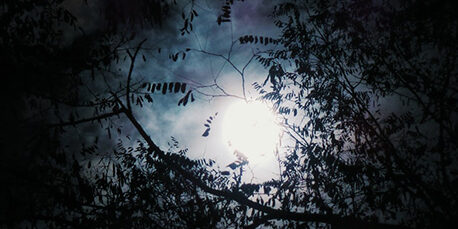

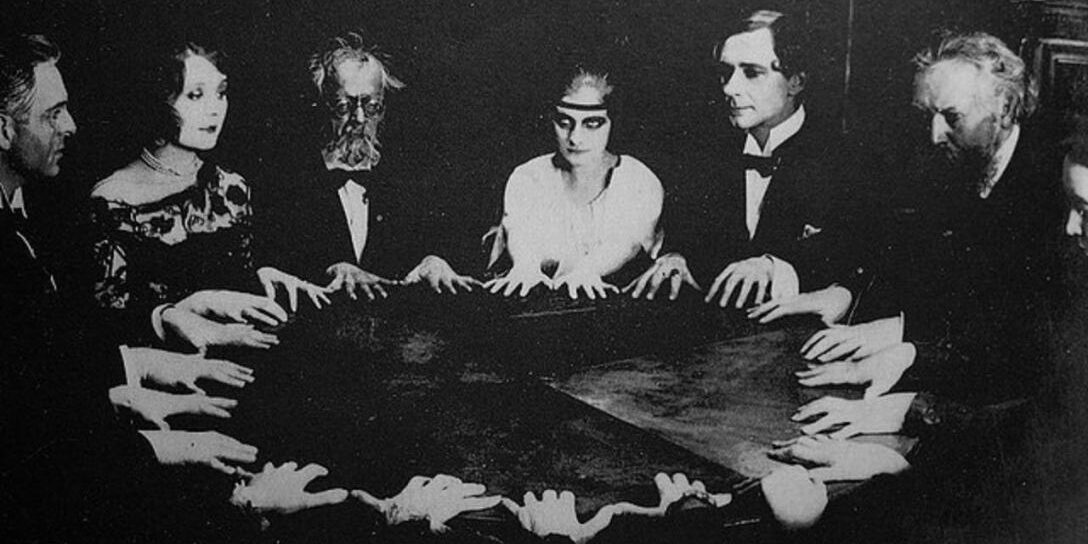
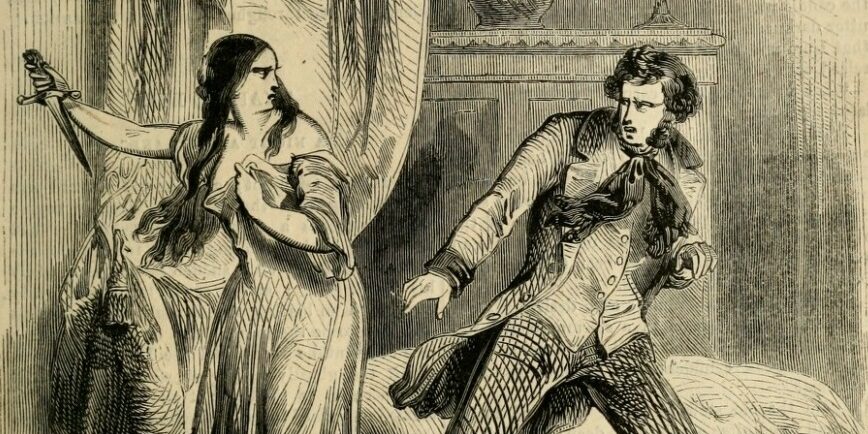
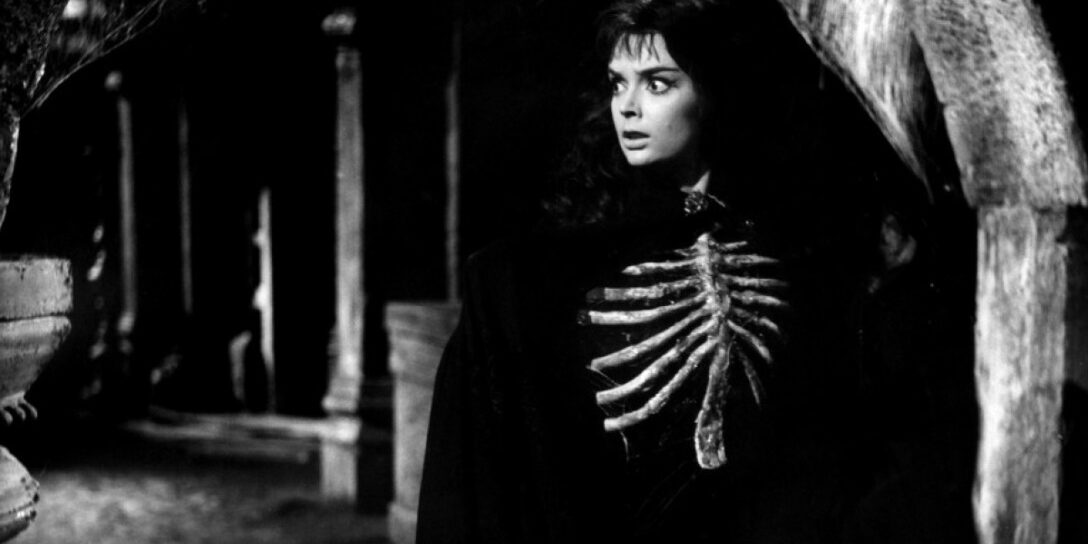
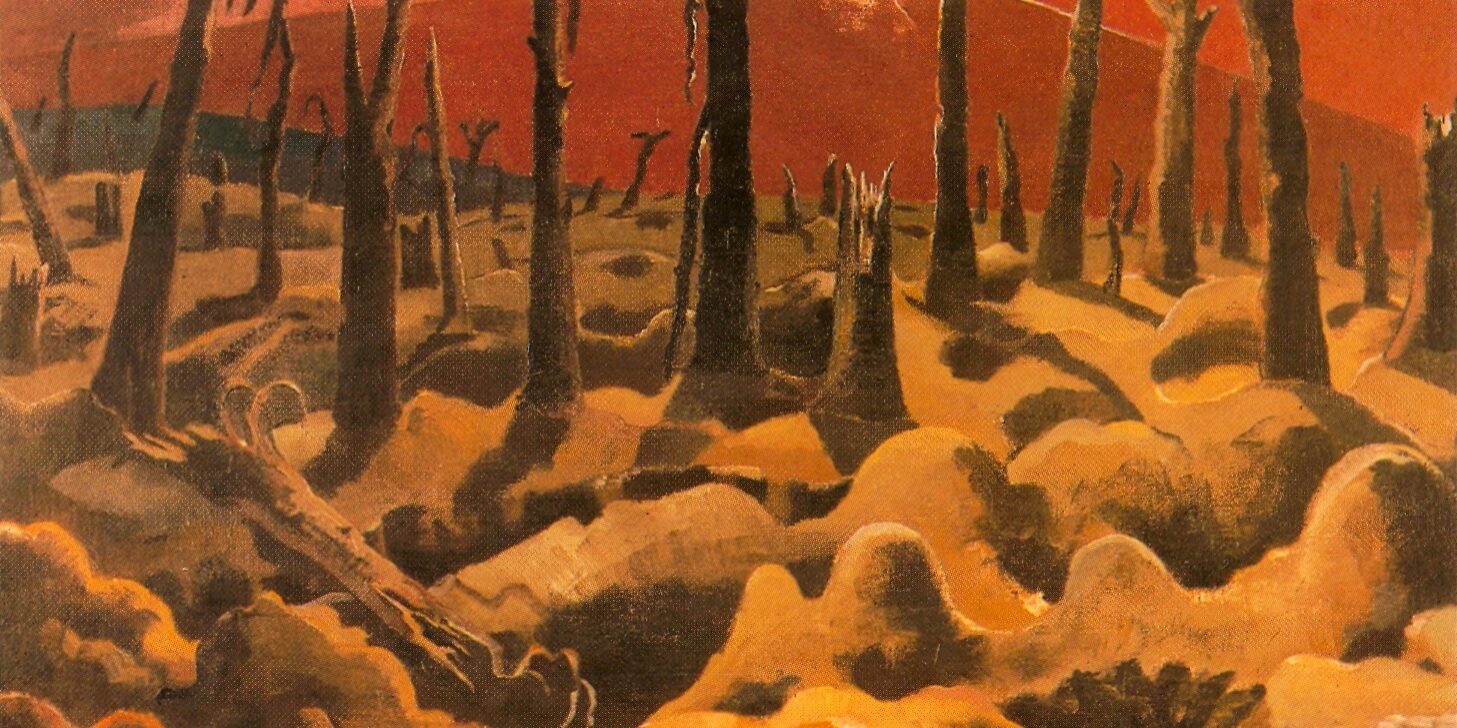
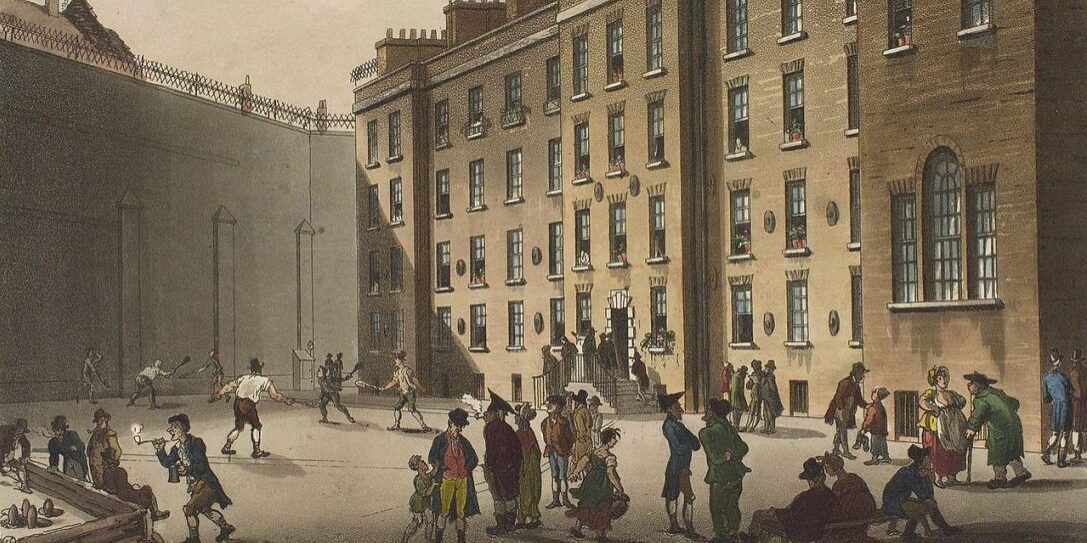
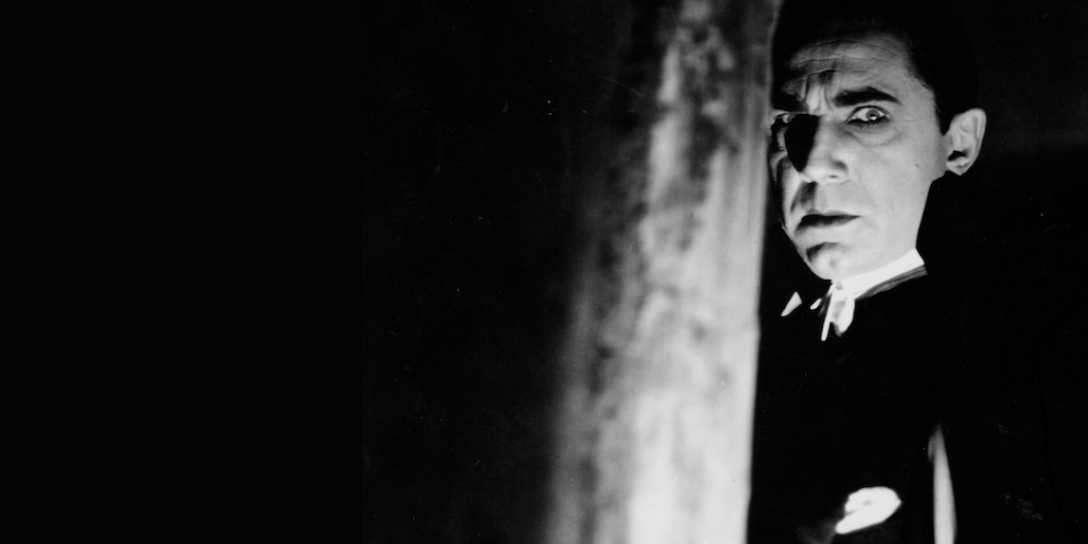
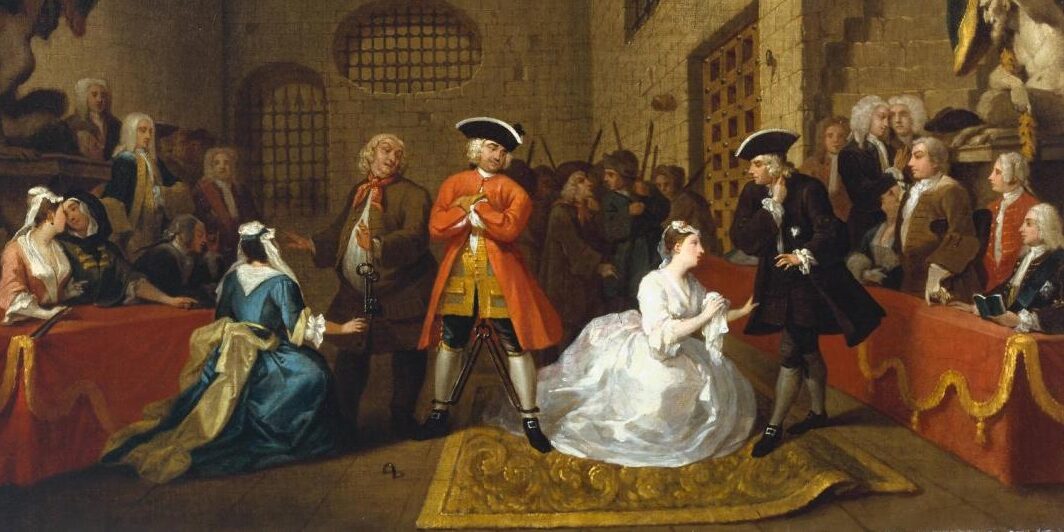
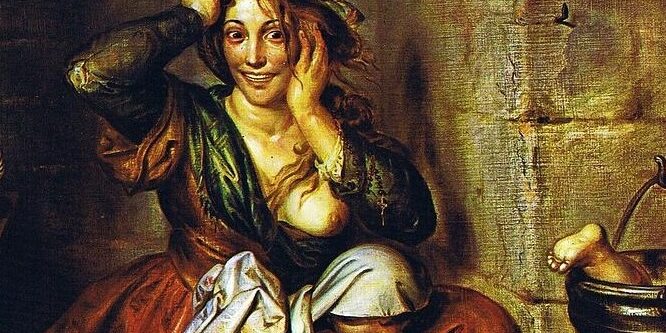
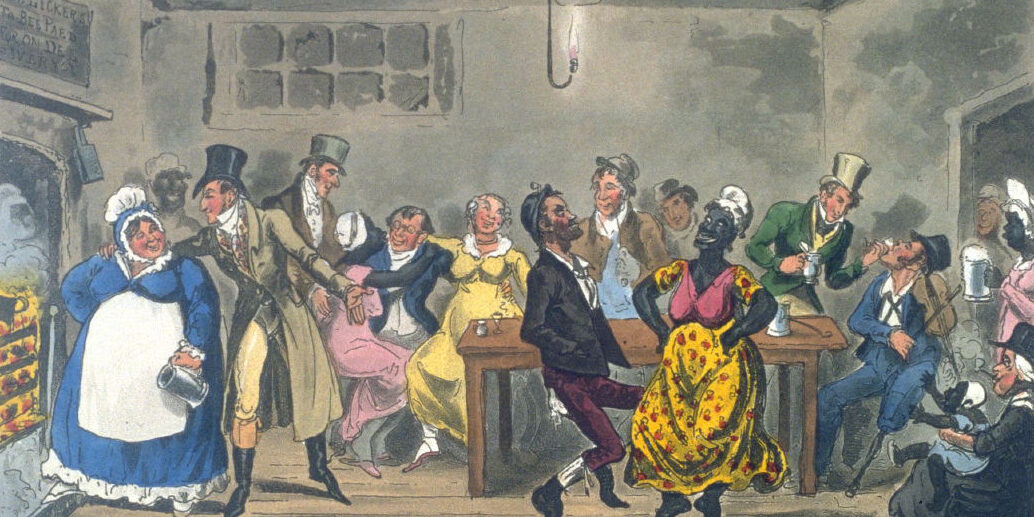
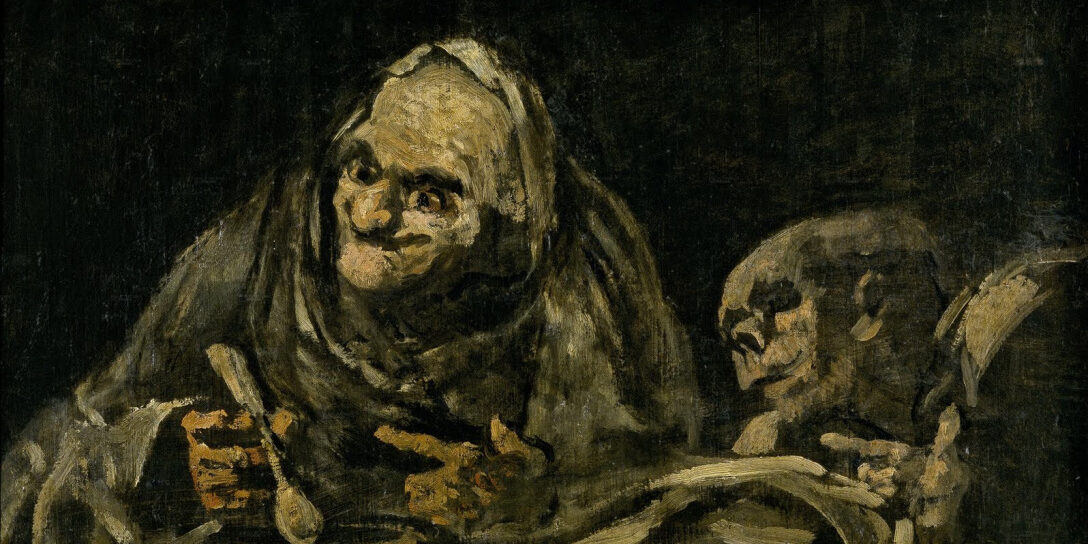
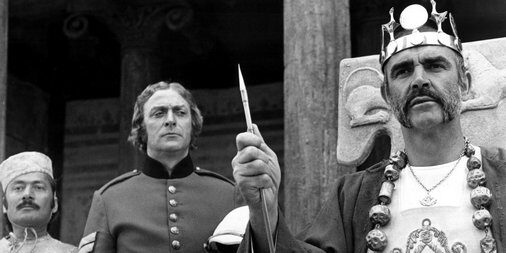
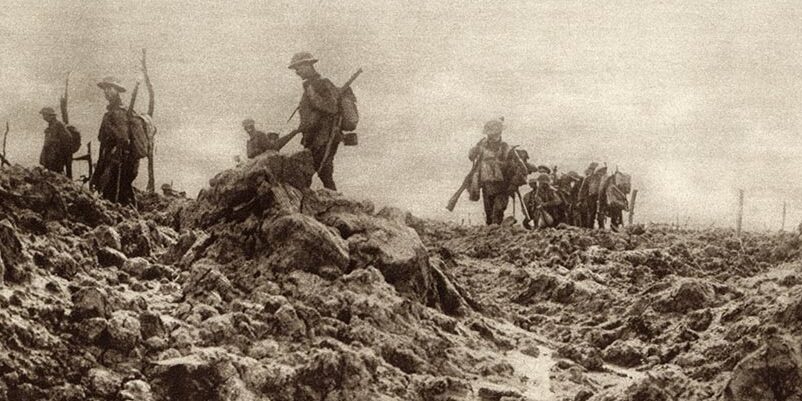
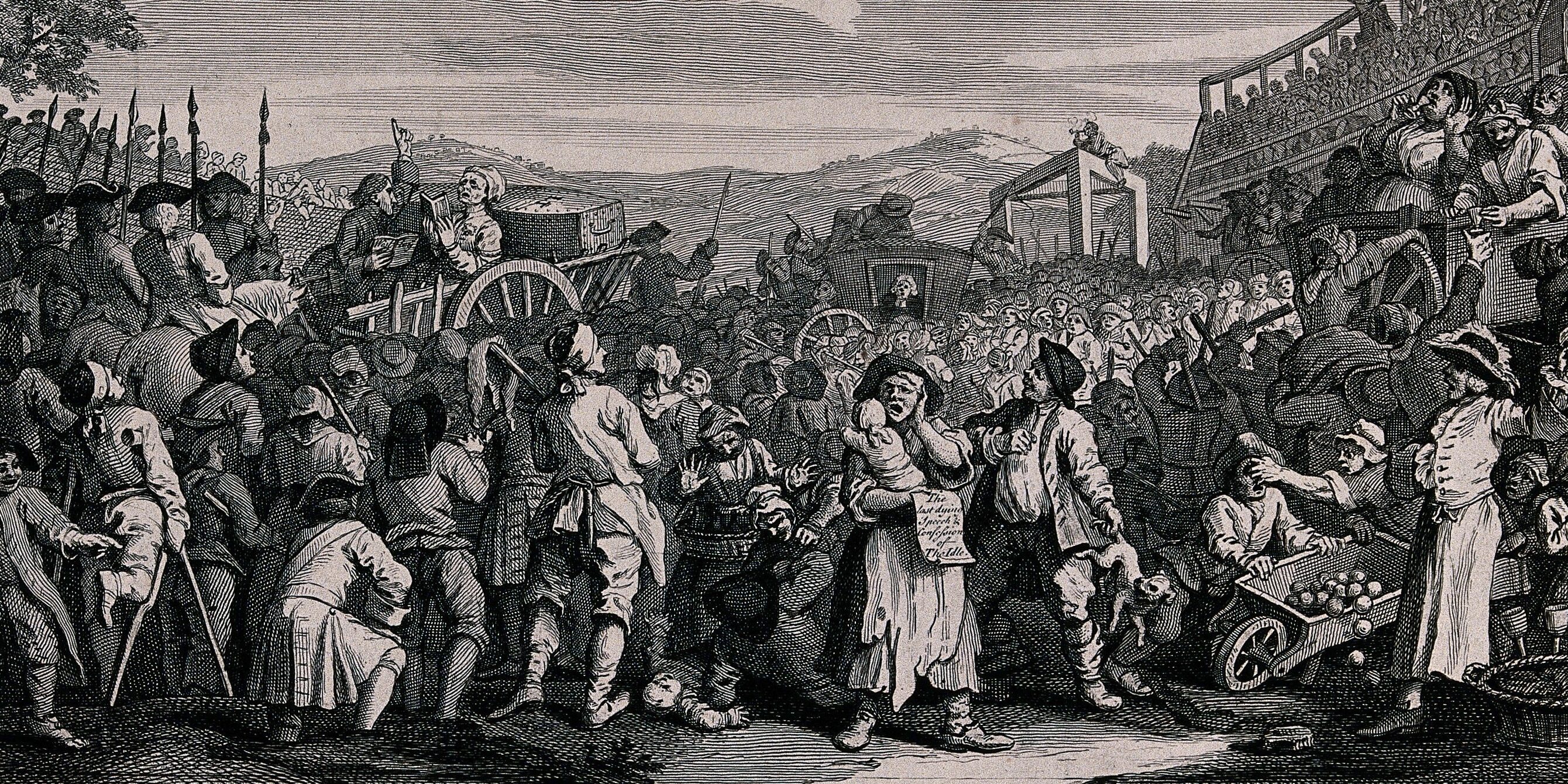
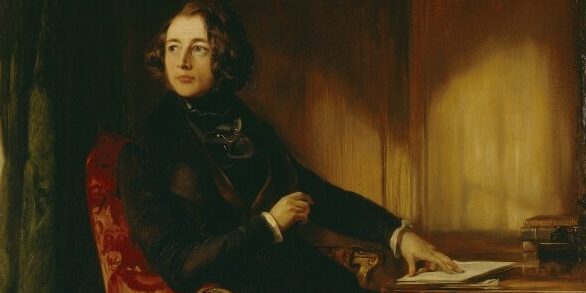
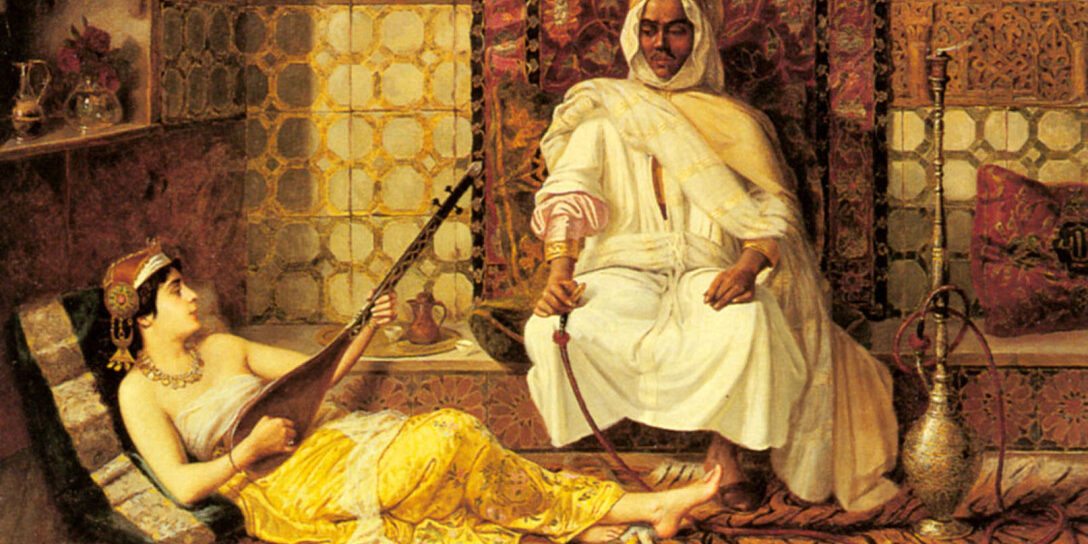
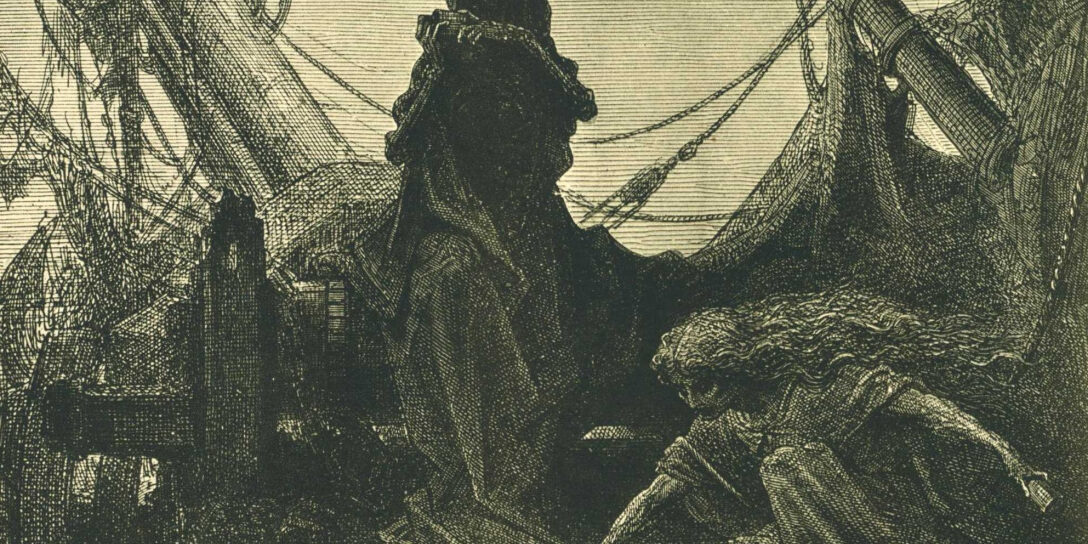
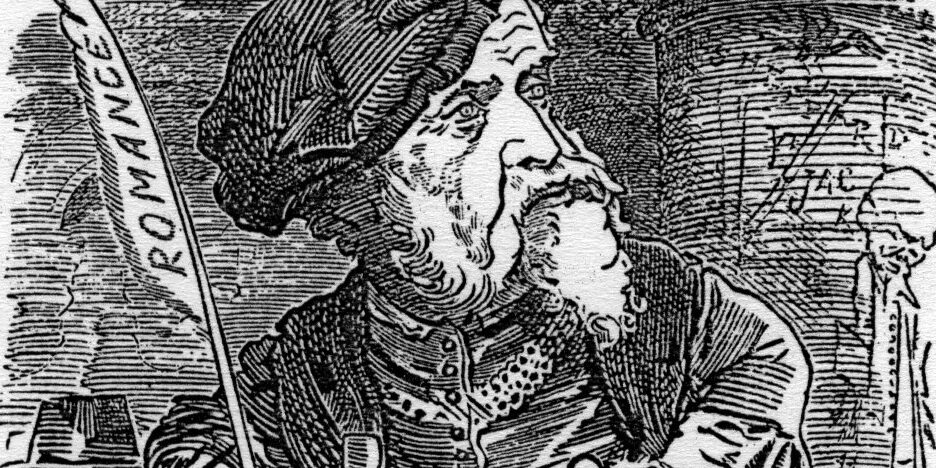
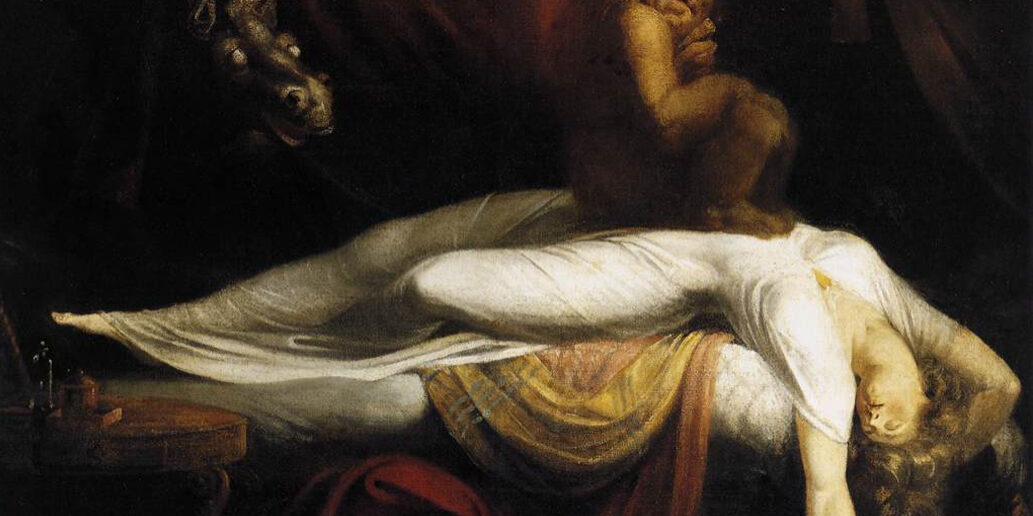
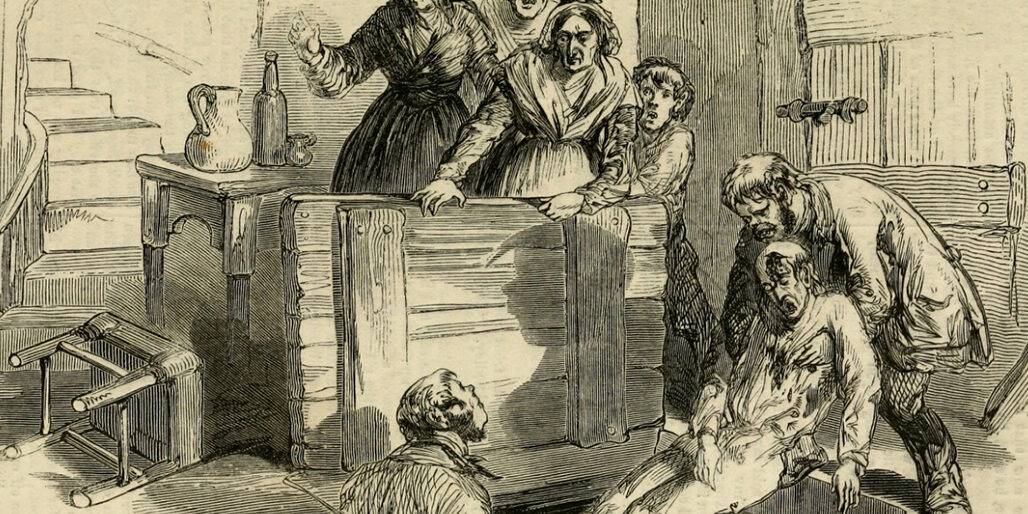
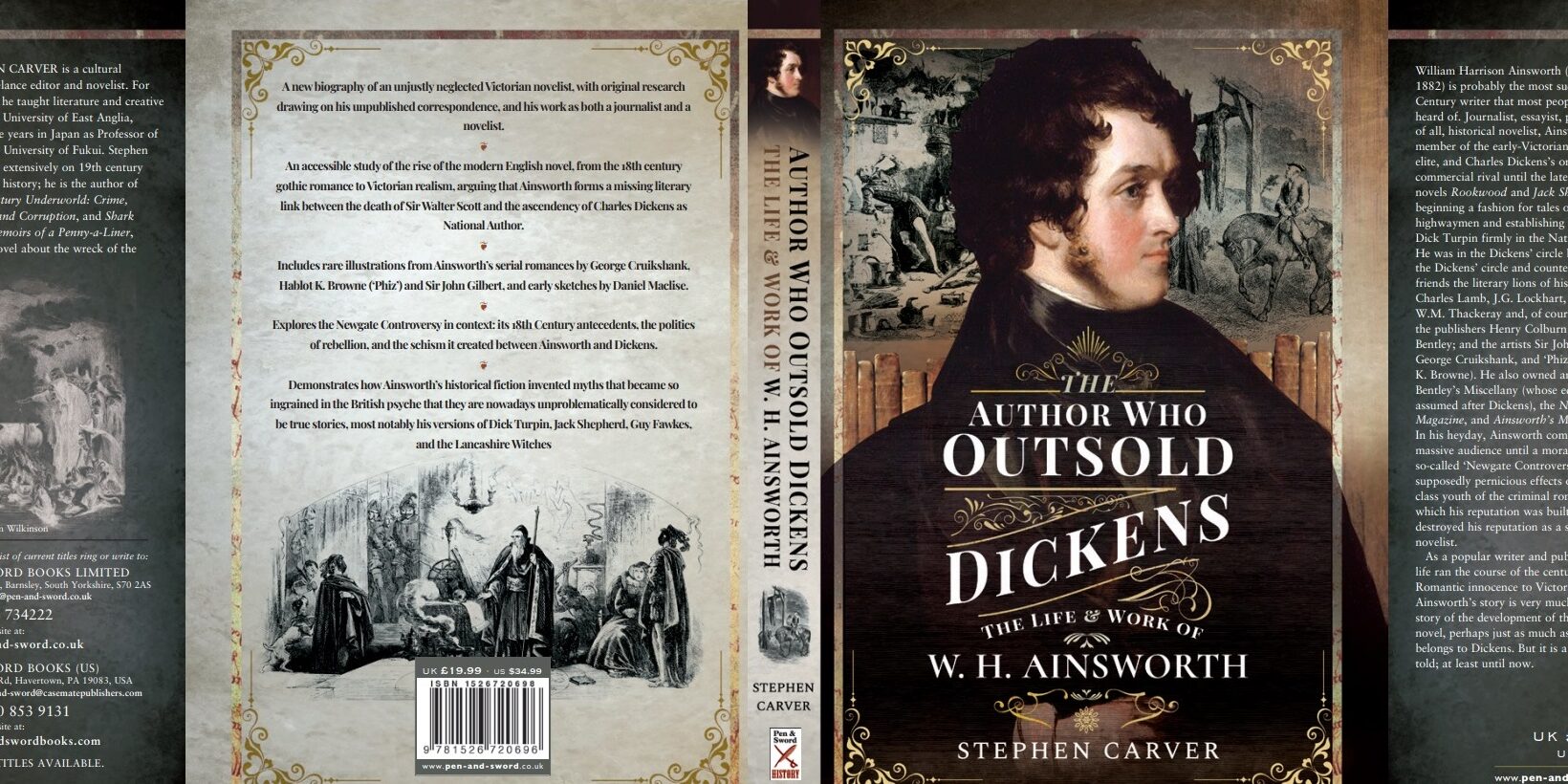
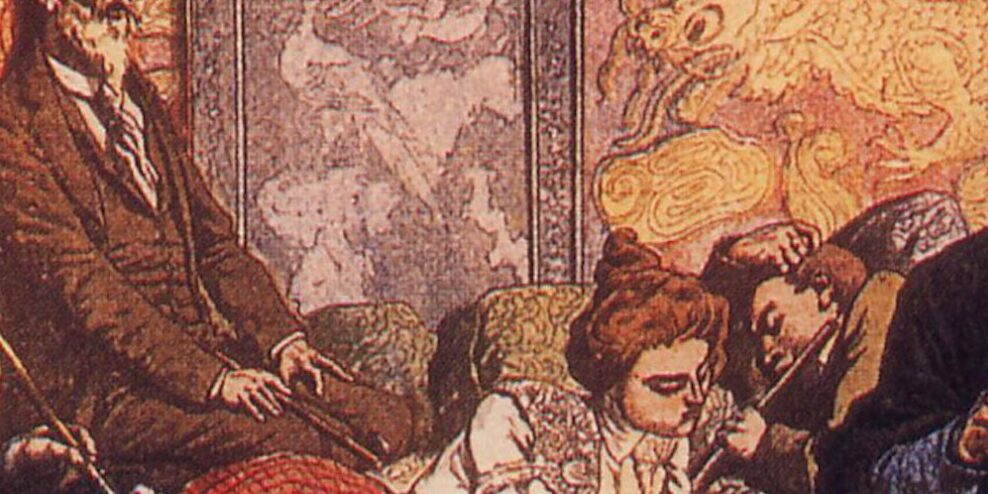
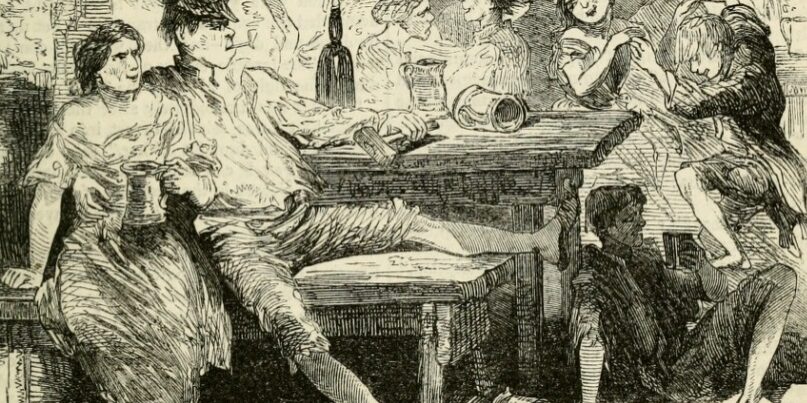
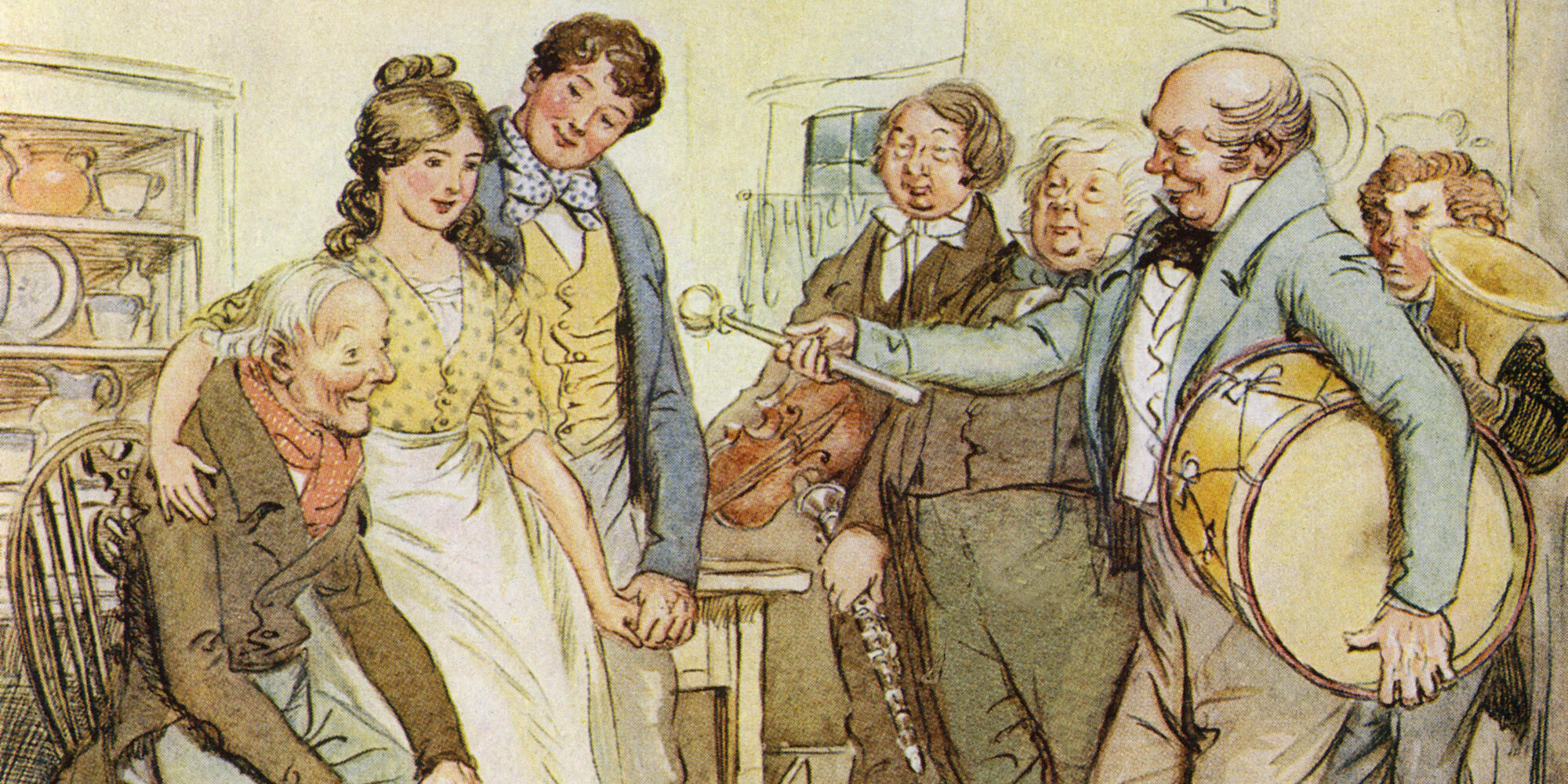
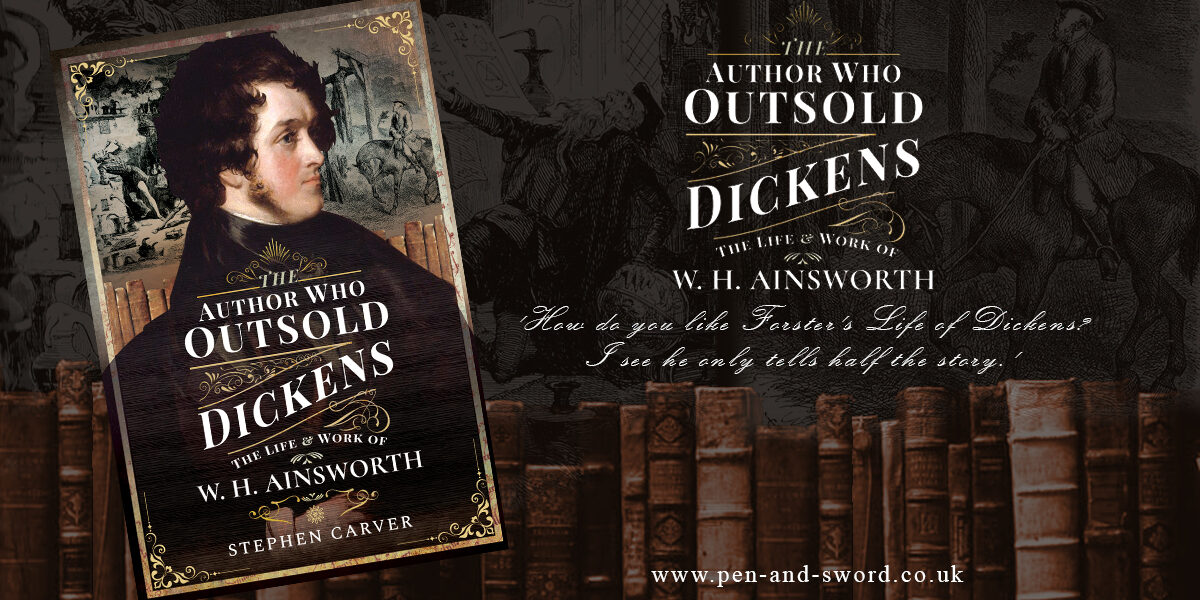
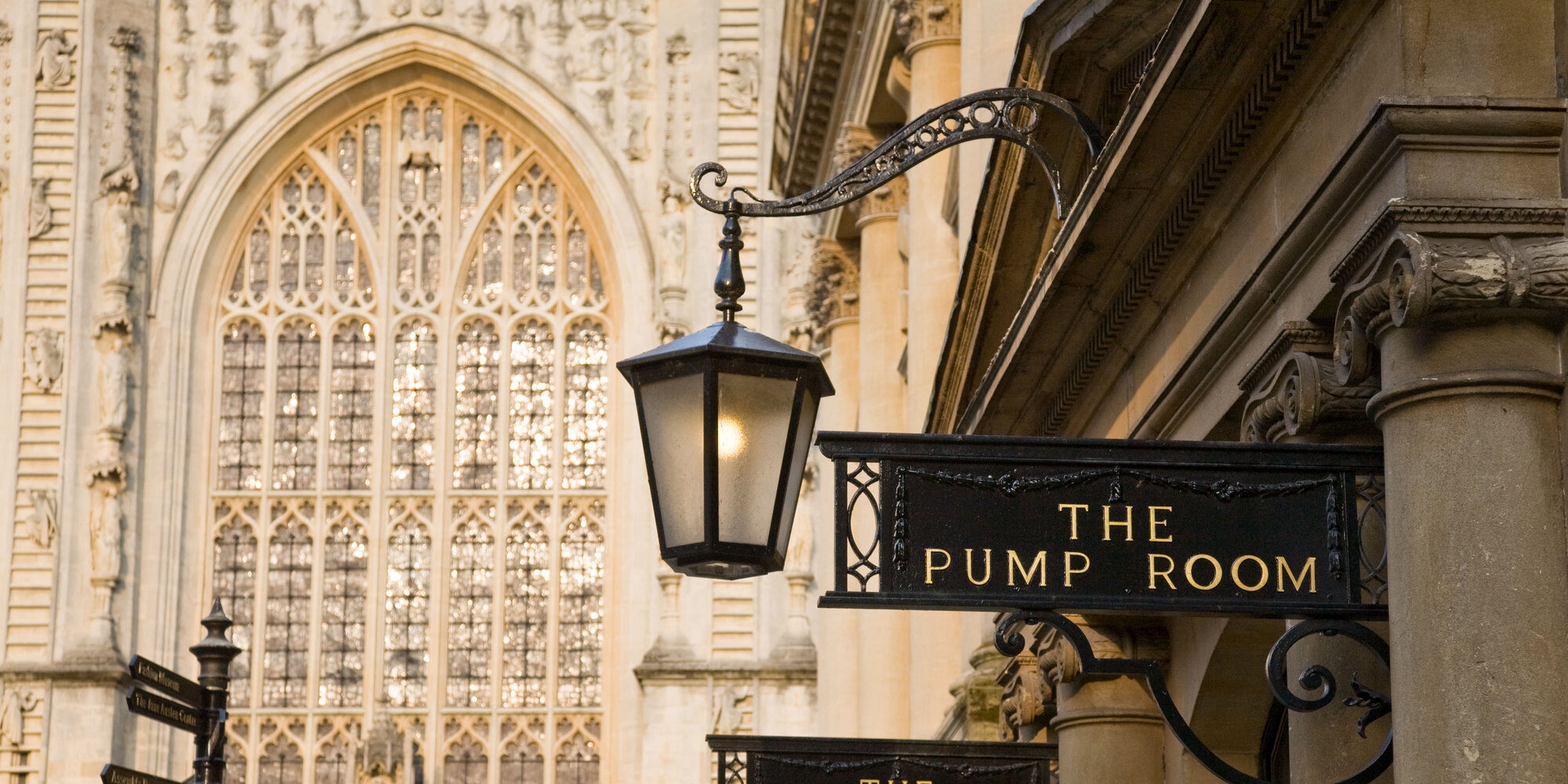
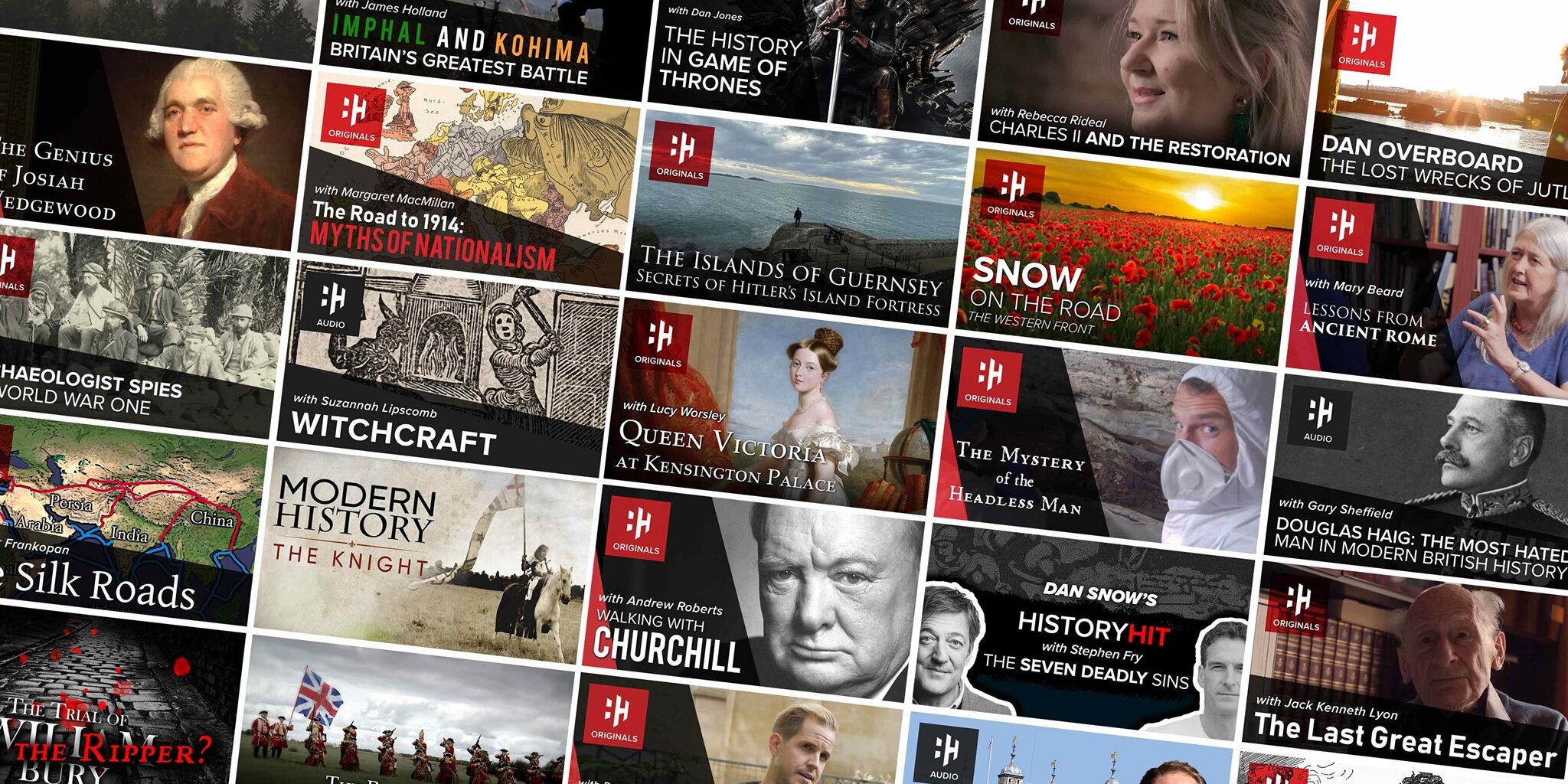
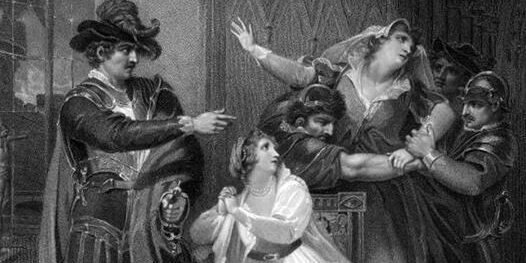
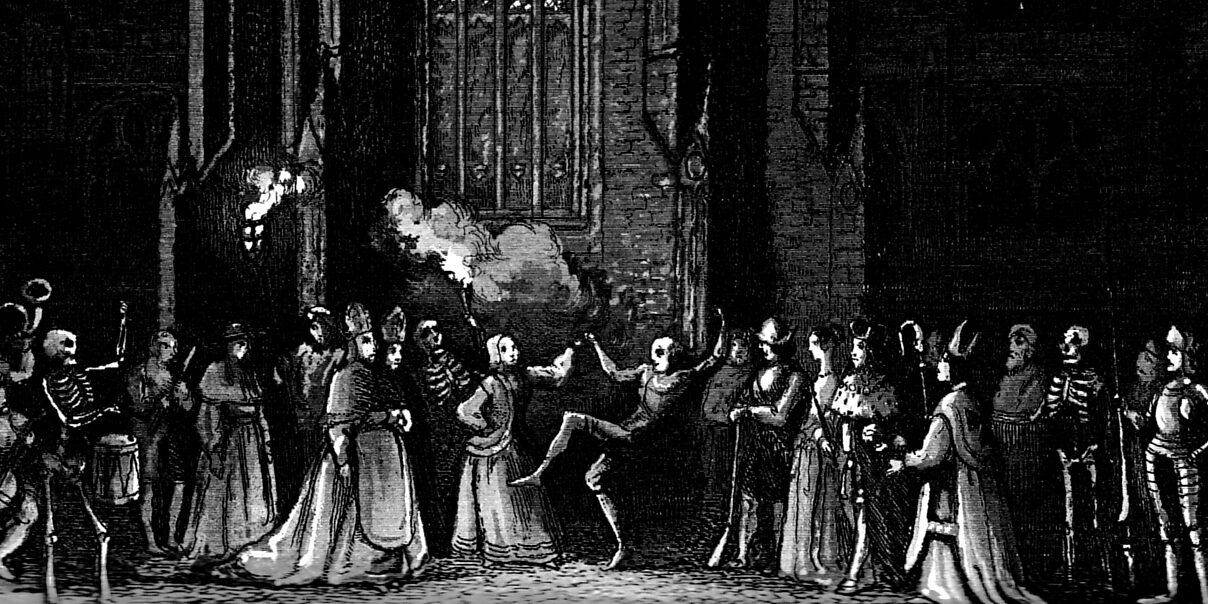
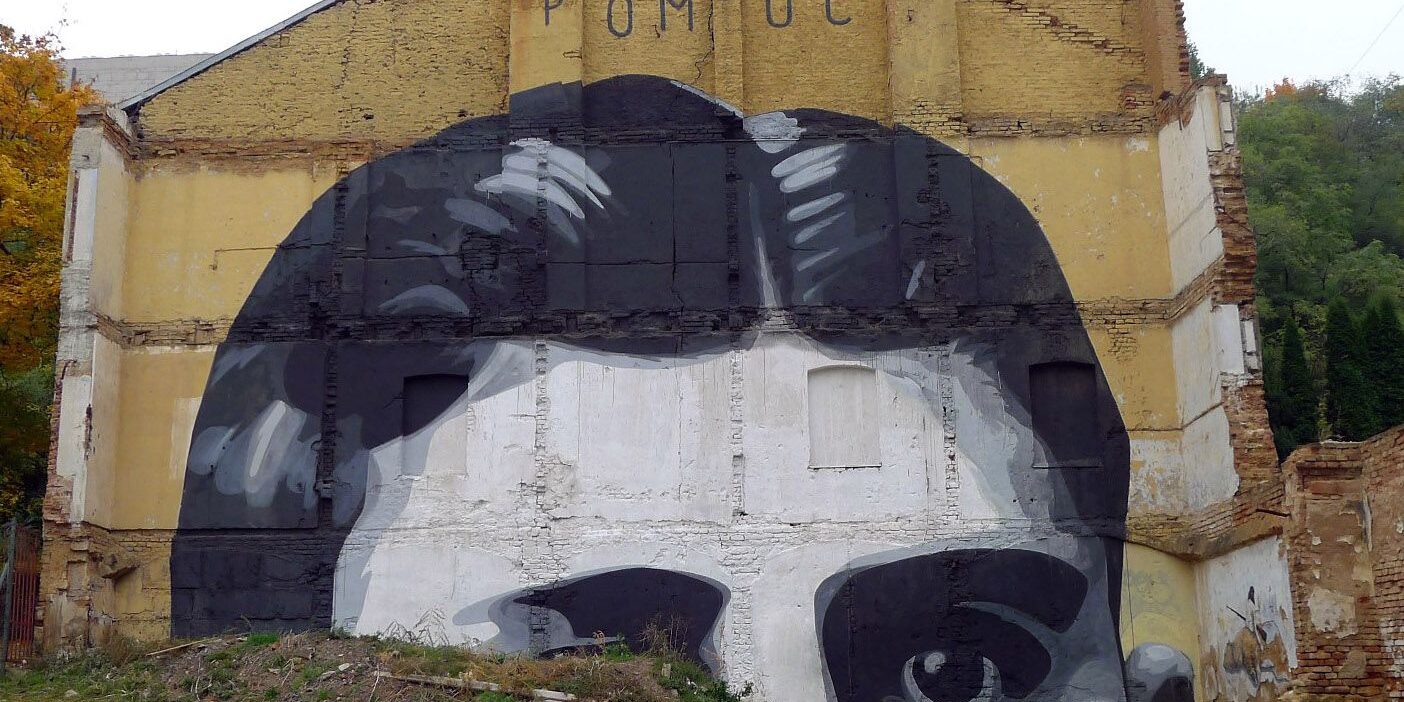
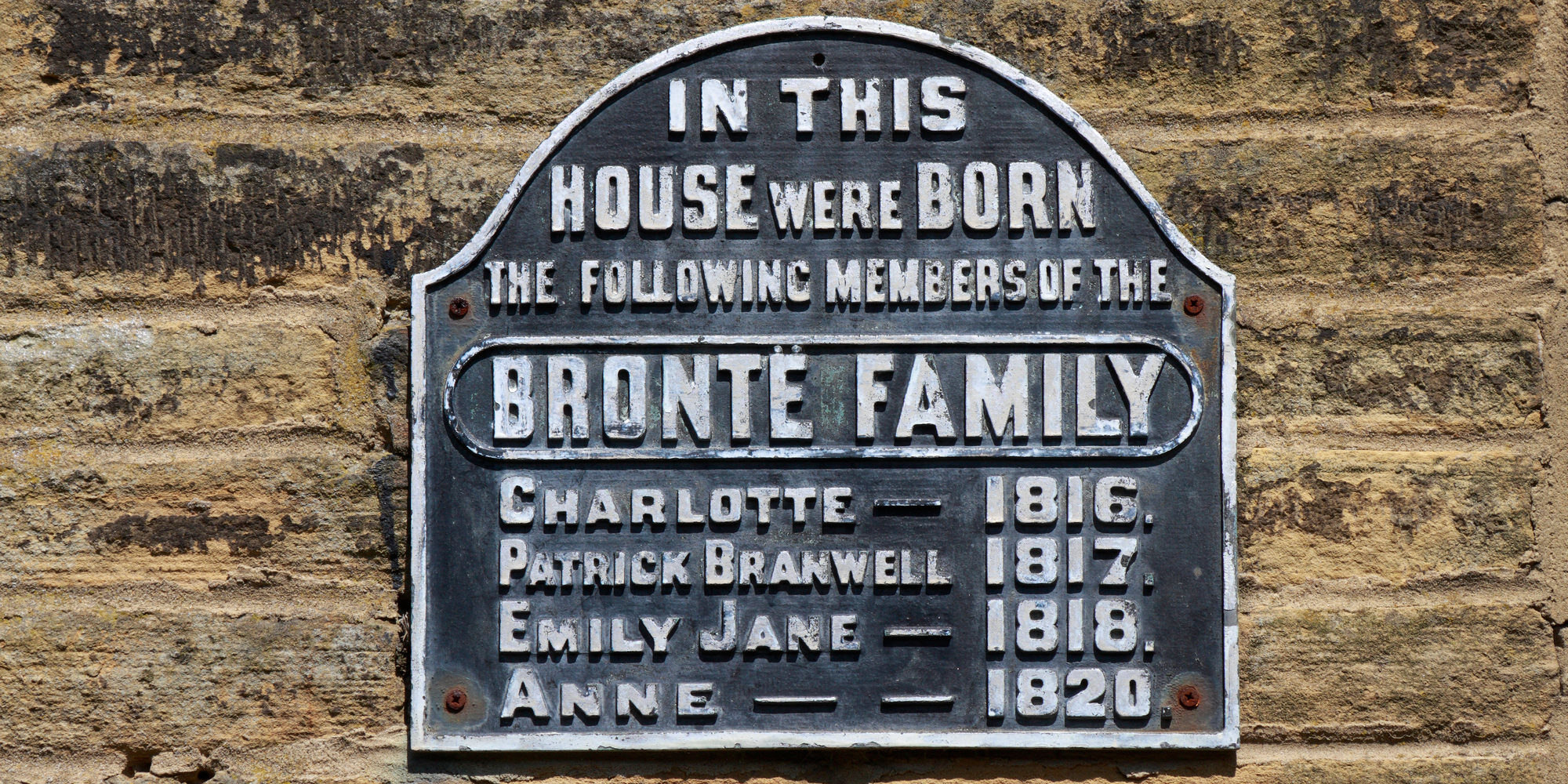
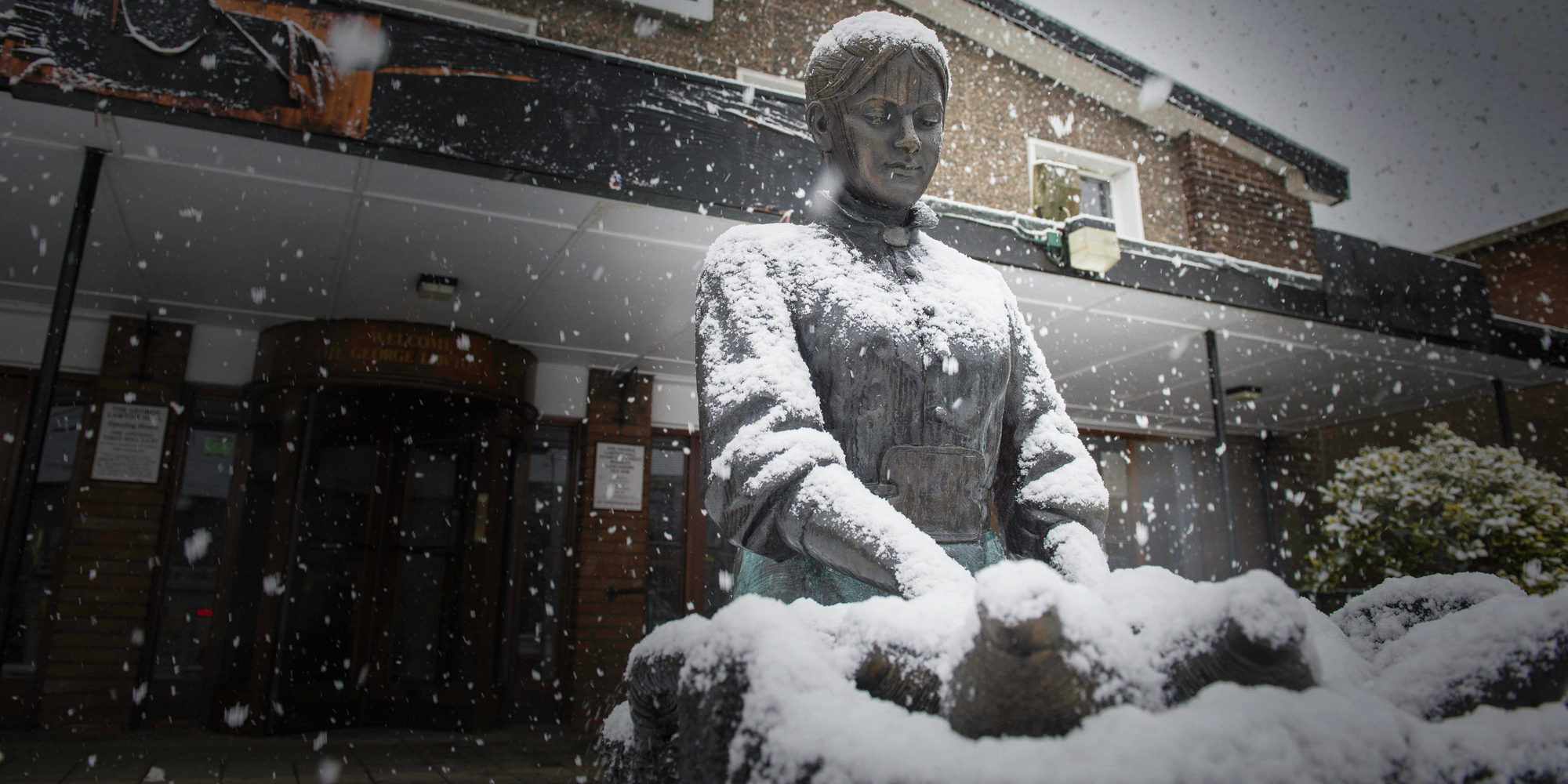
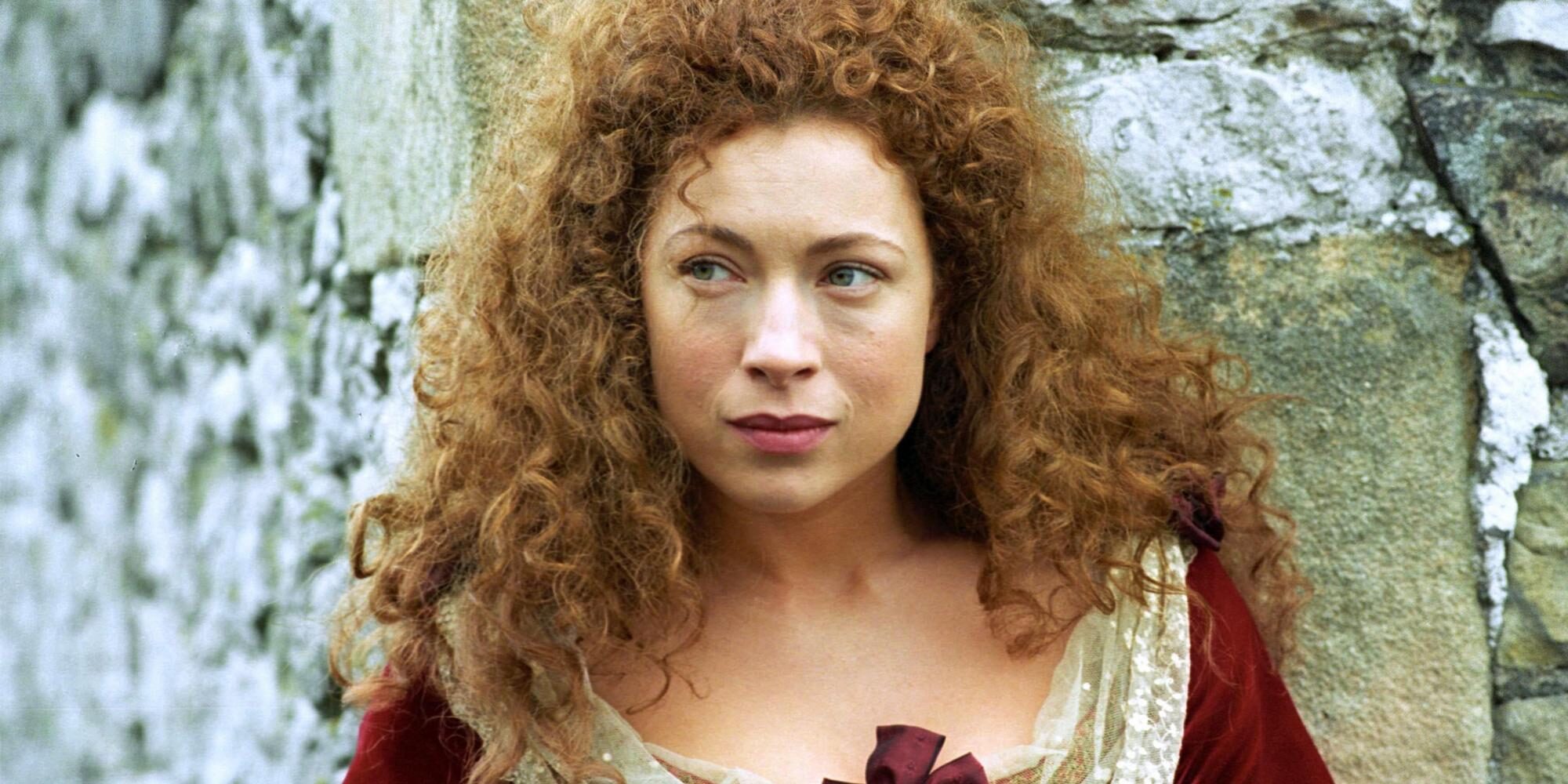
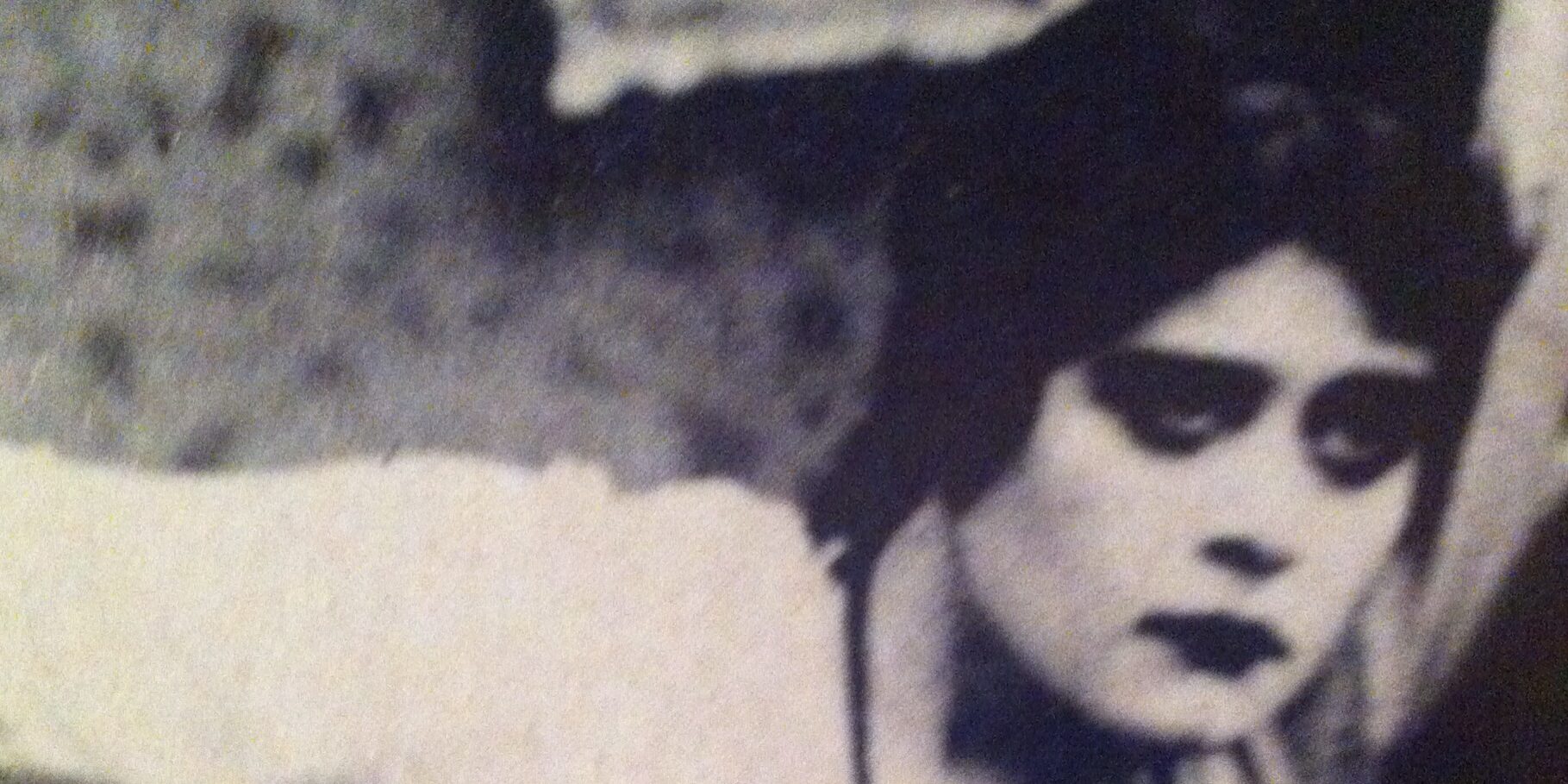
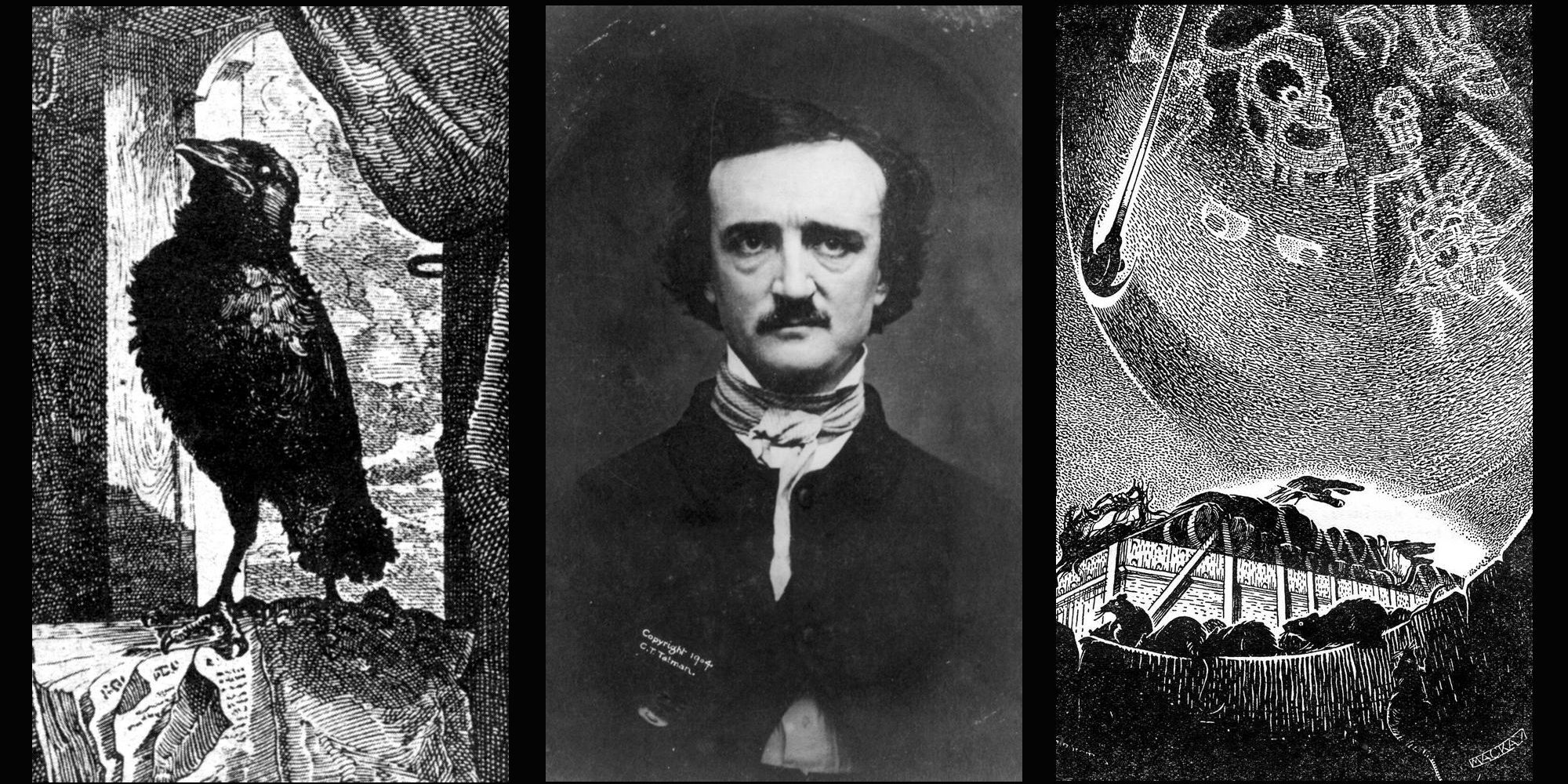
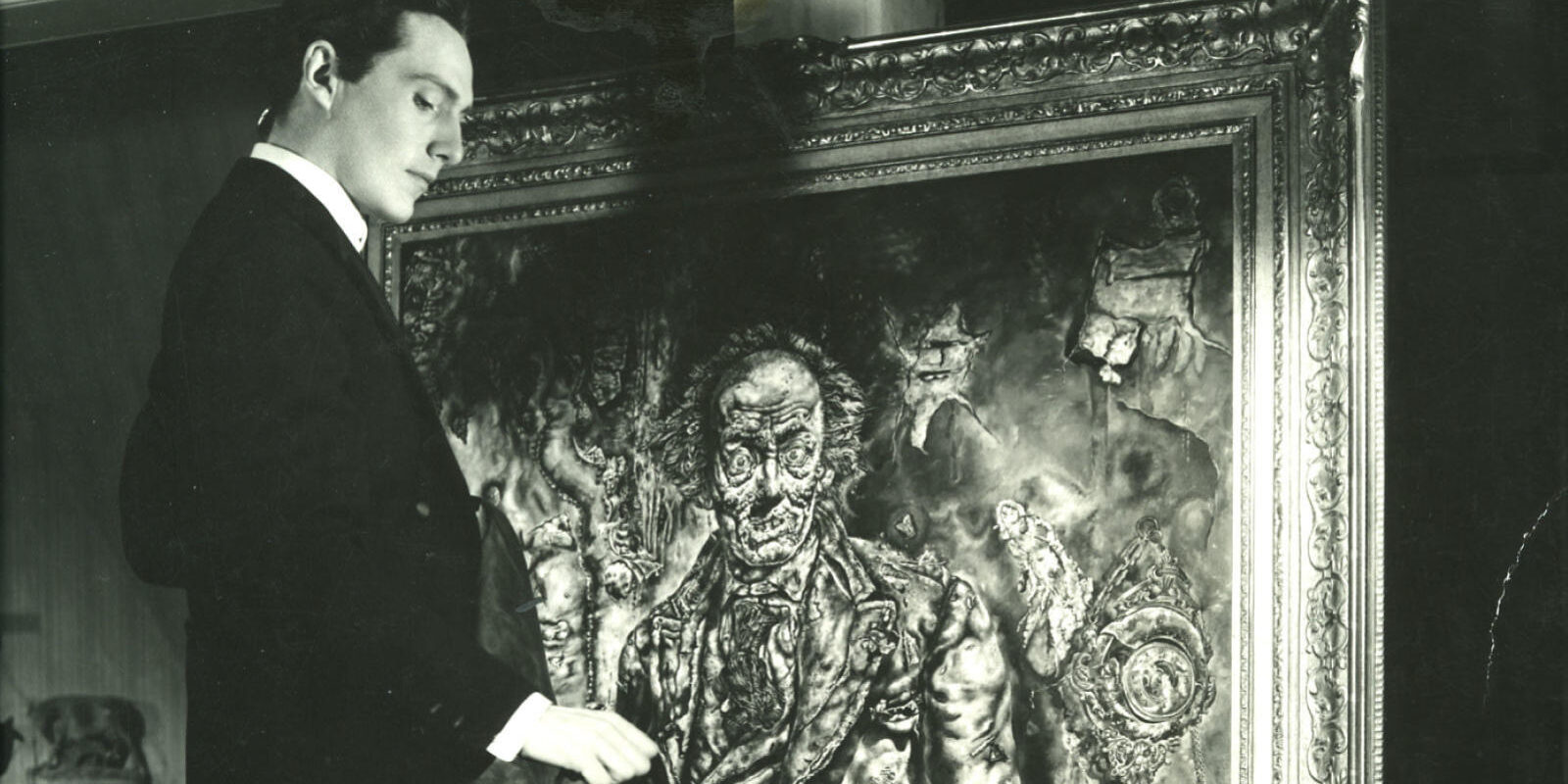
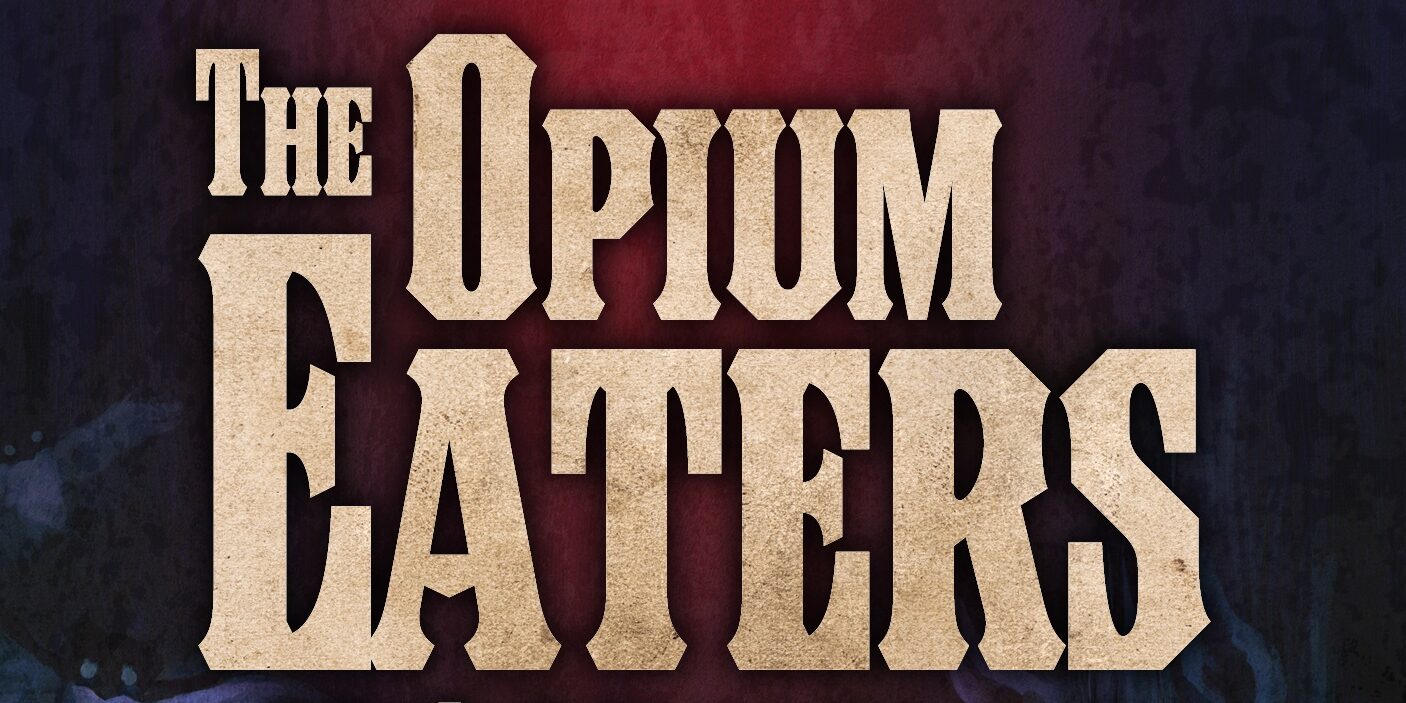
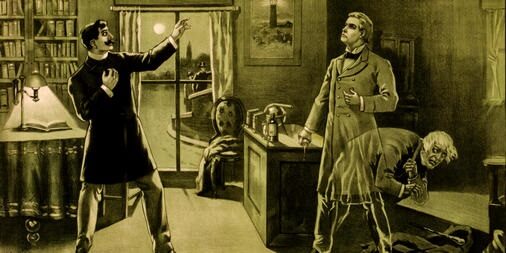
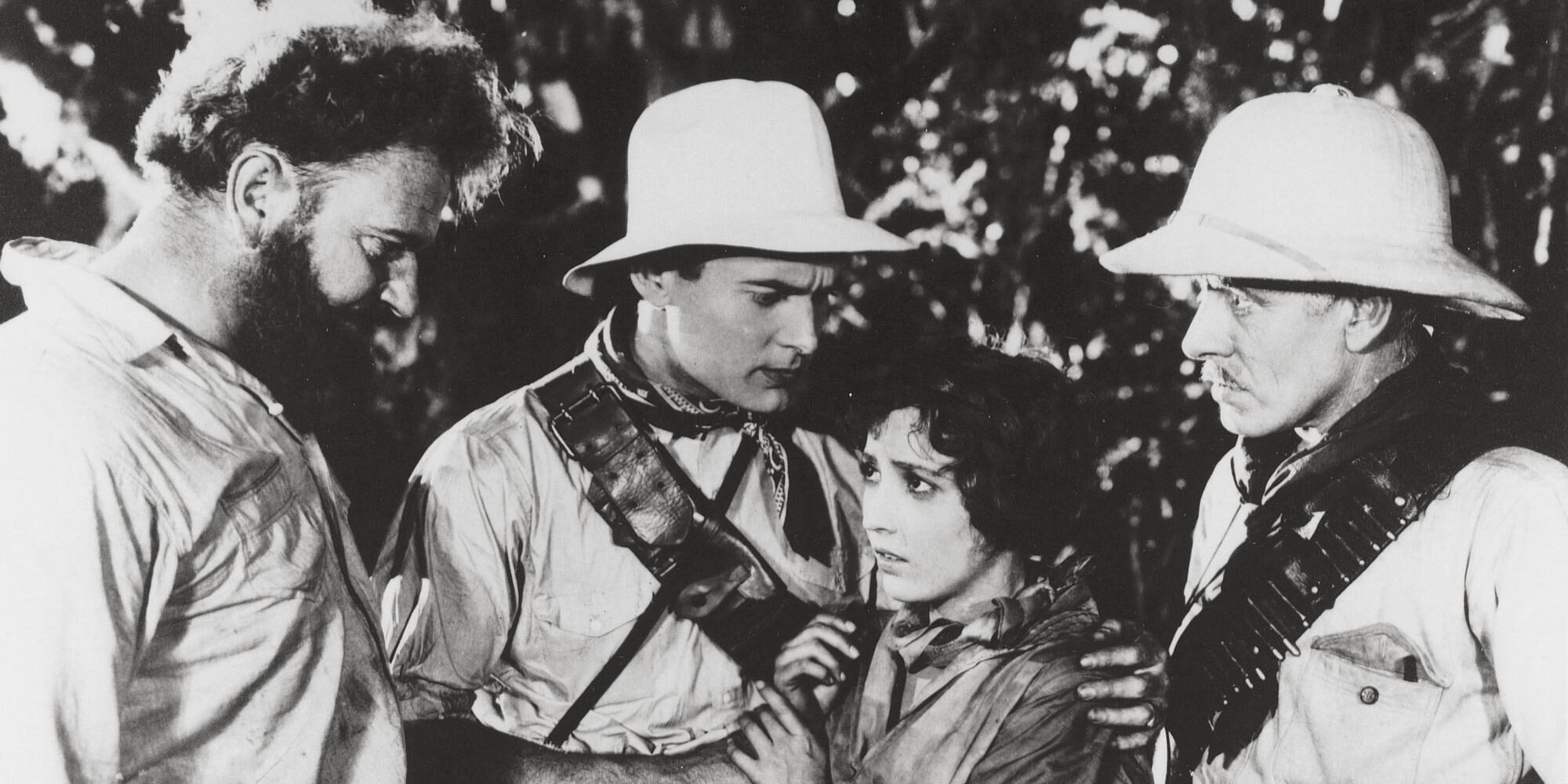
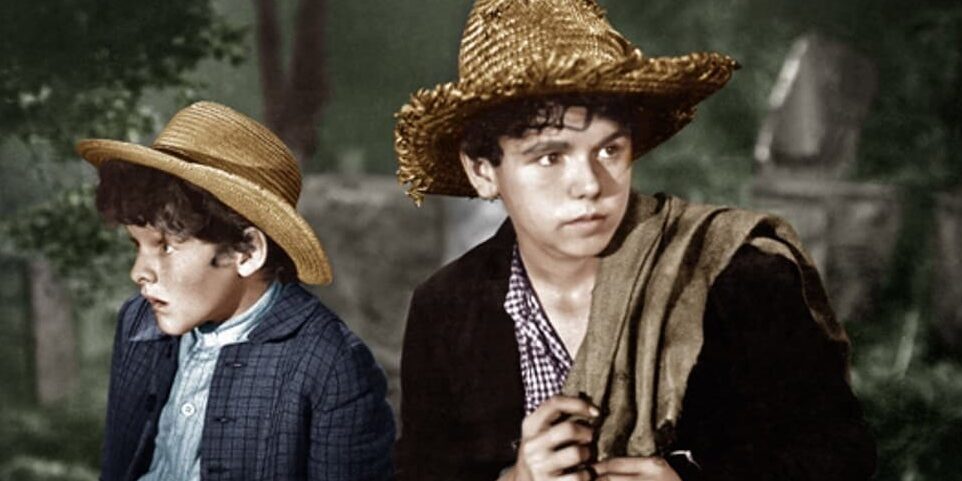
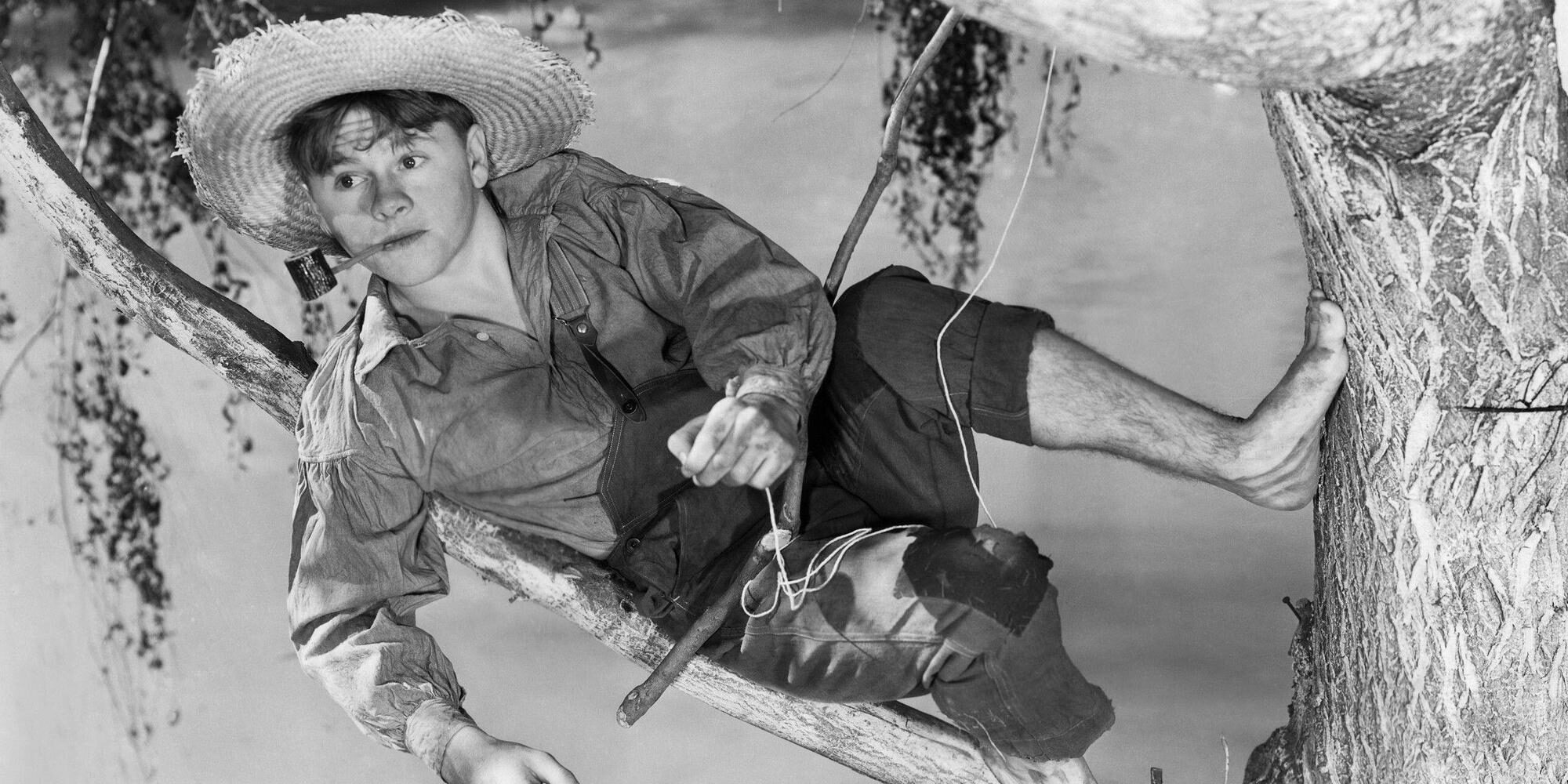
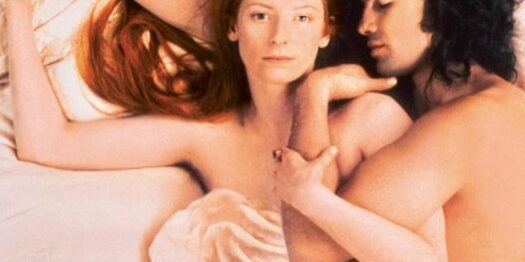
![New Bedford / NB Whaling National Historic Park - 'Sperm Whaling - The Chase' by CF Wright [1885] DBJ1FN New Bedford / NB Whaling National Historic Park - 'Sperm Whaling - The Chase' by CF Wright [1885]](https://stephenjcarver.com/wp-content/uploads/bb-plugin/cache/1998_MobyWeb-panorama.jpg)
